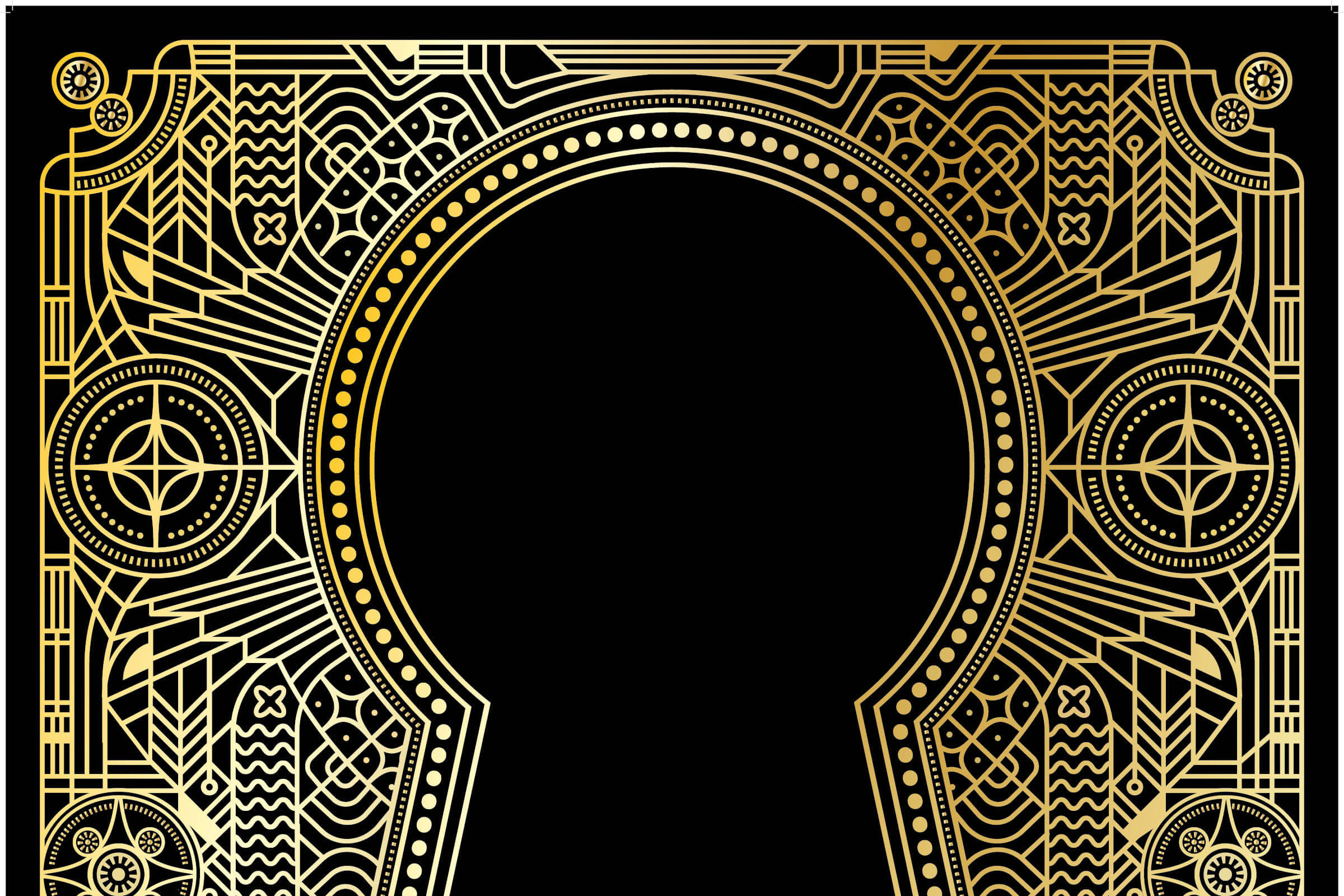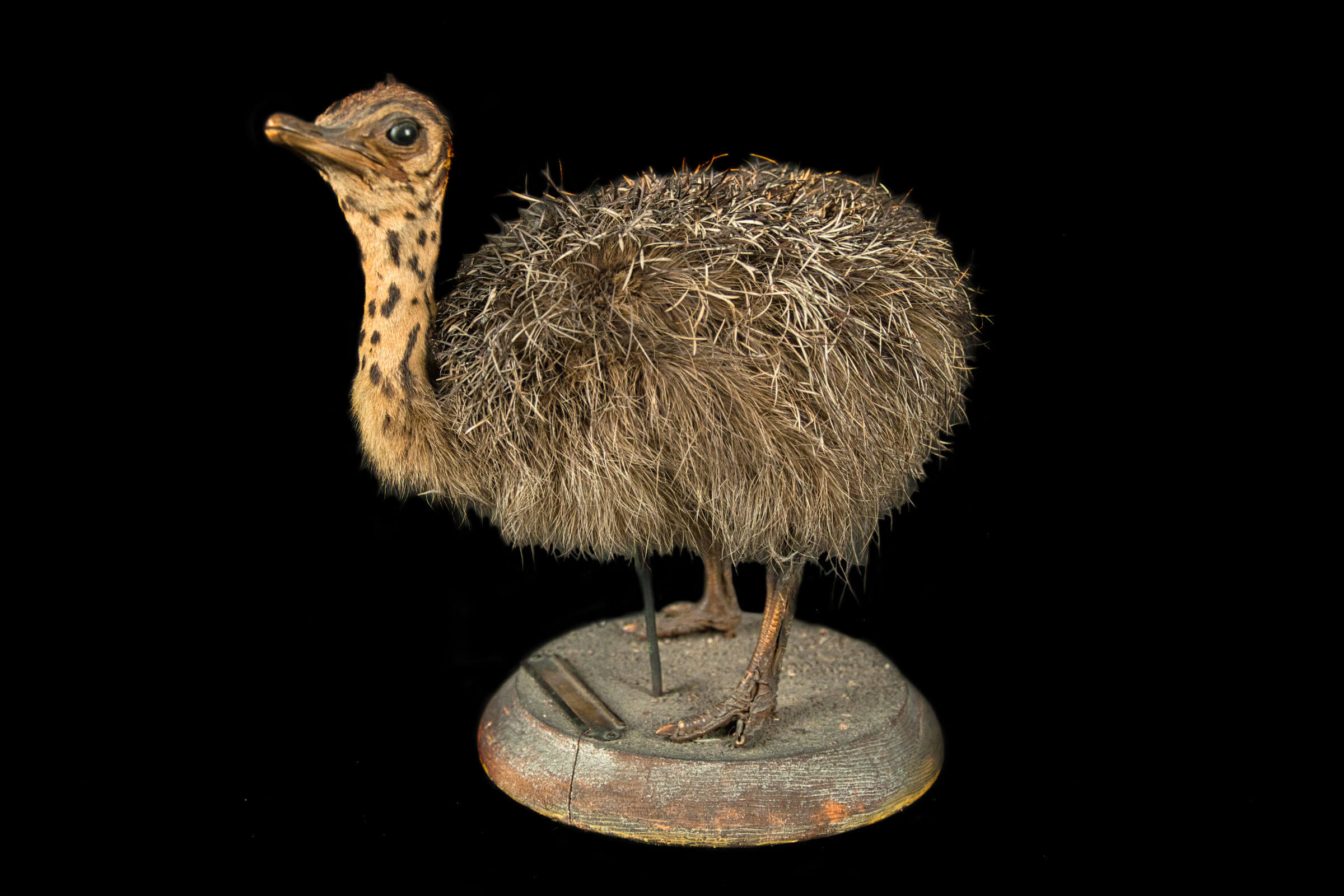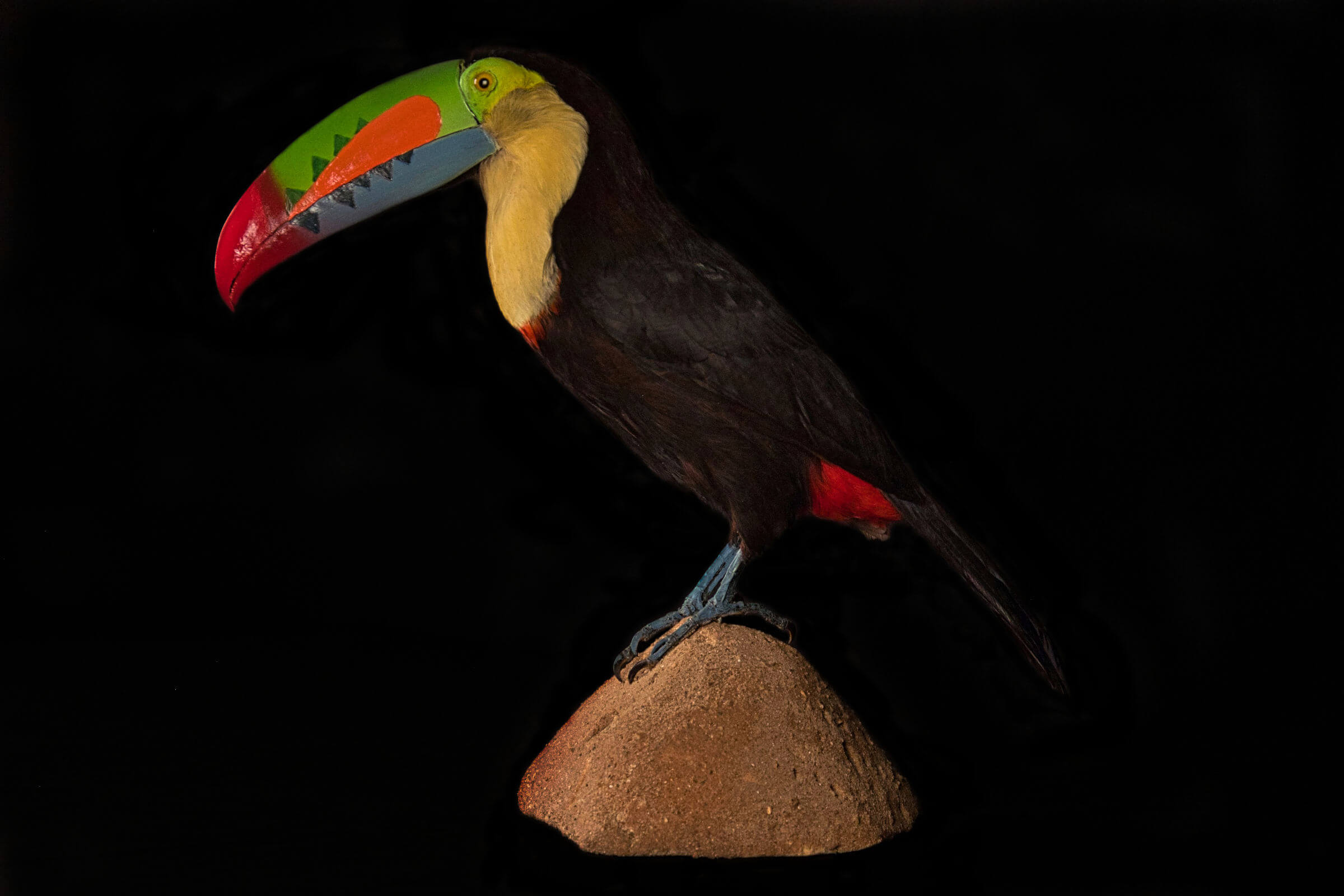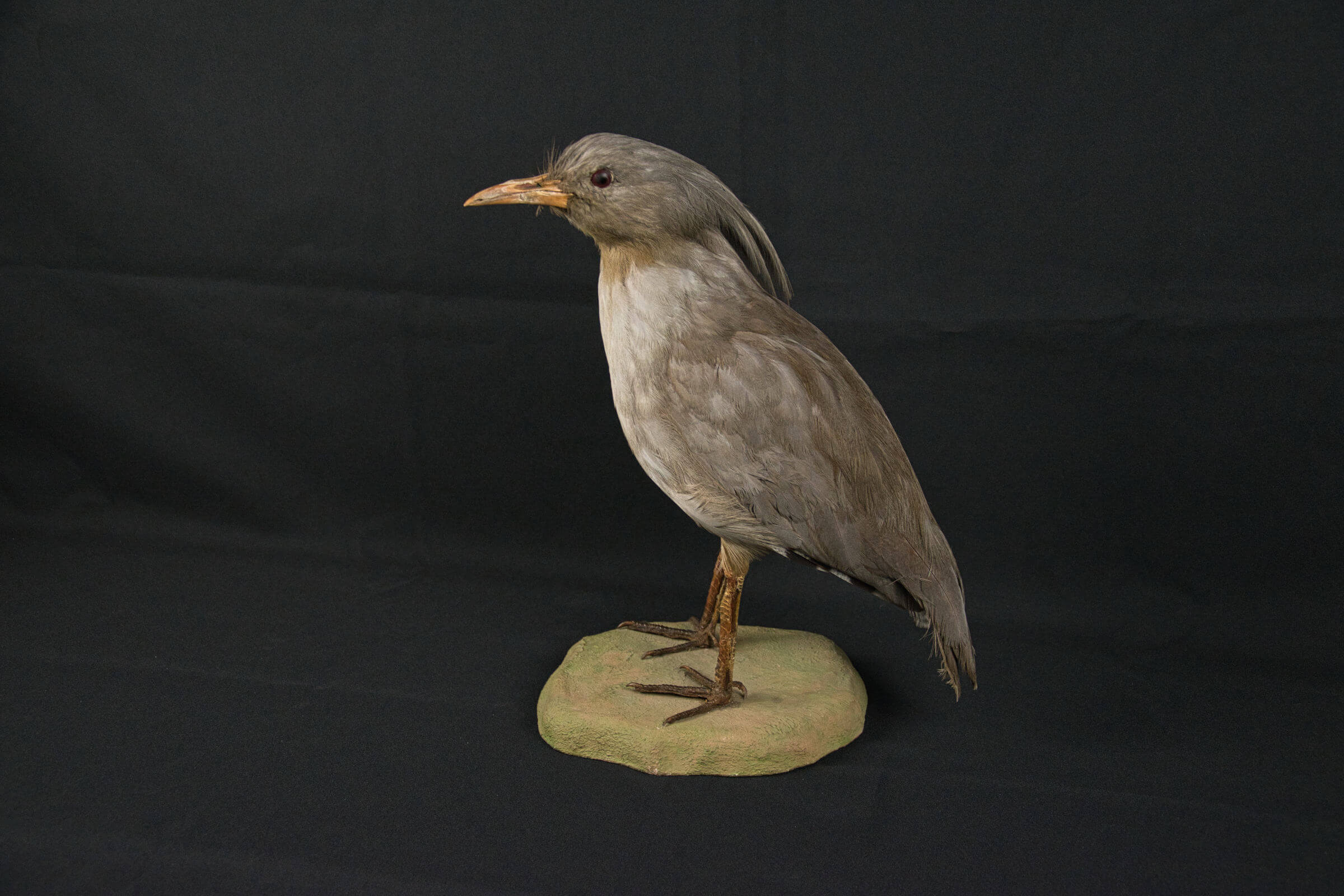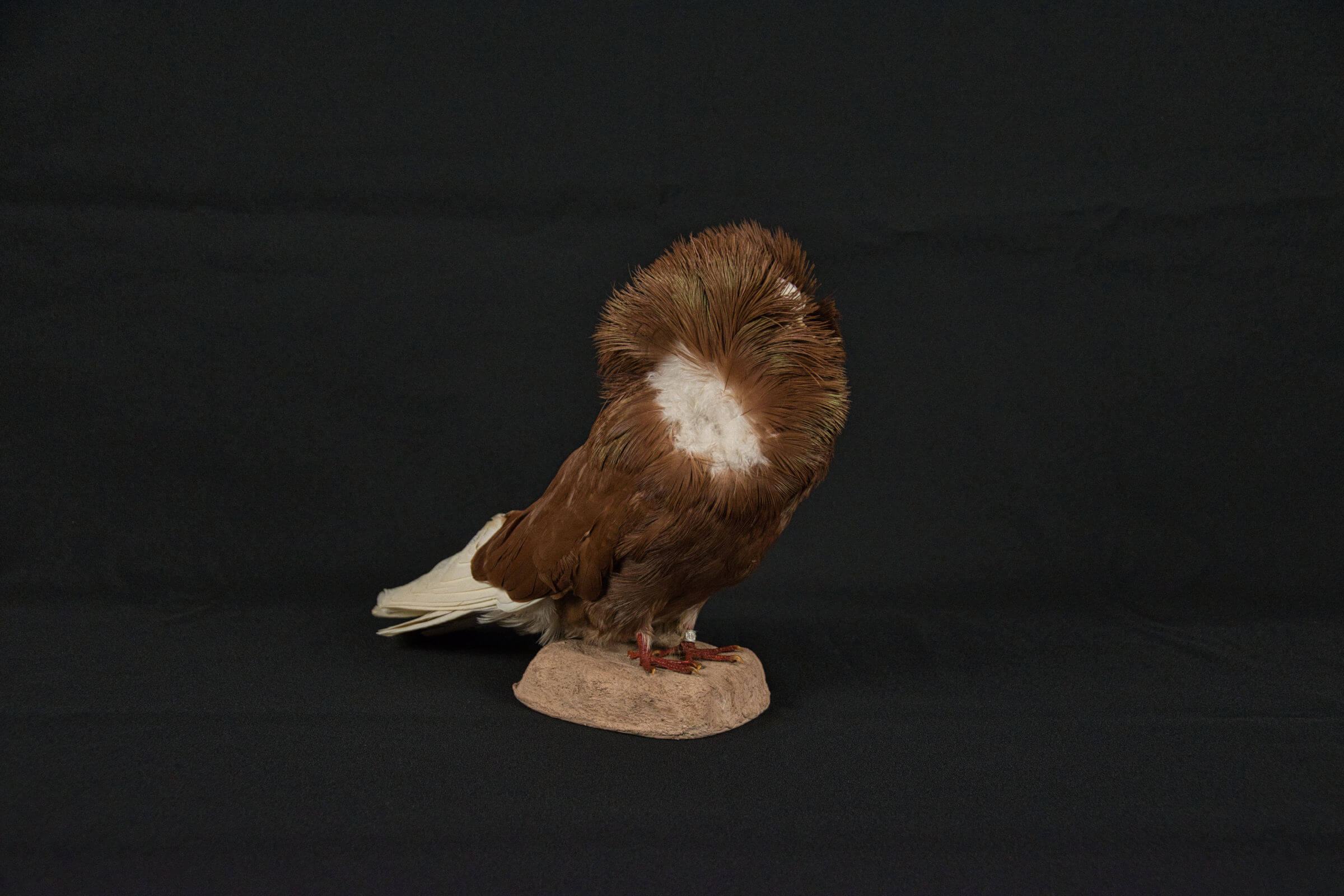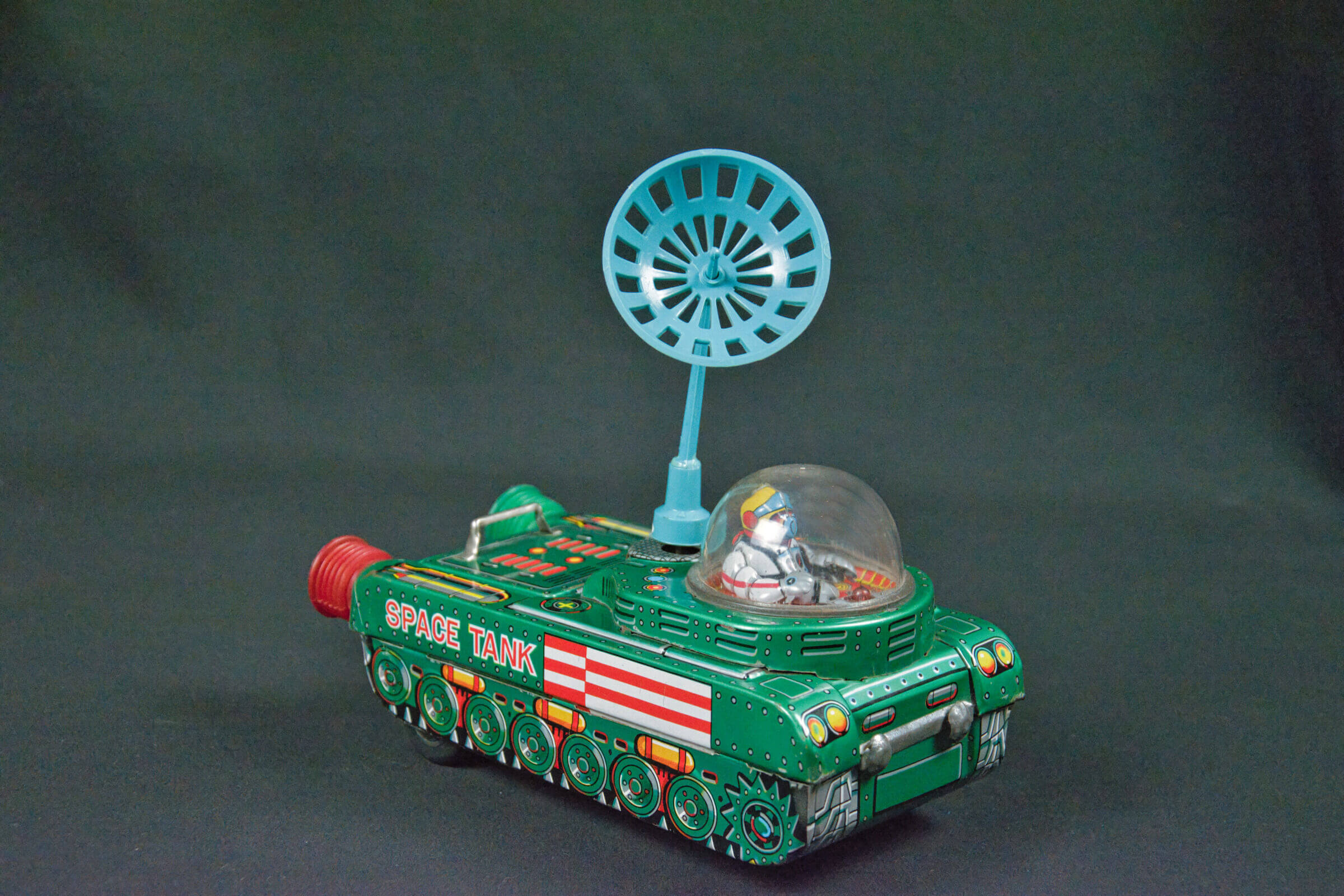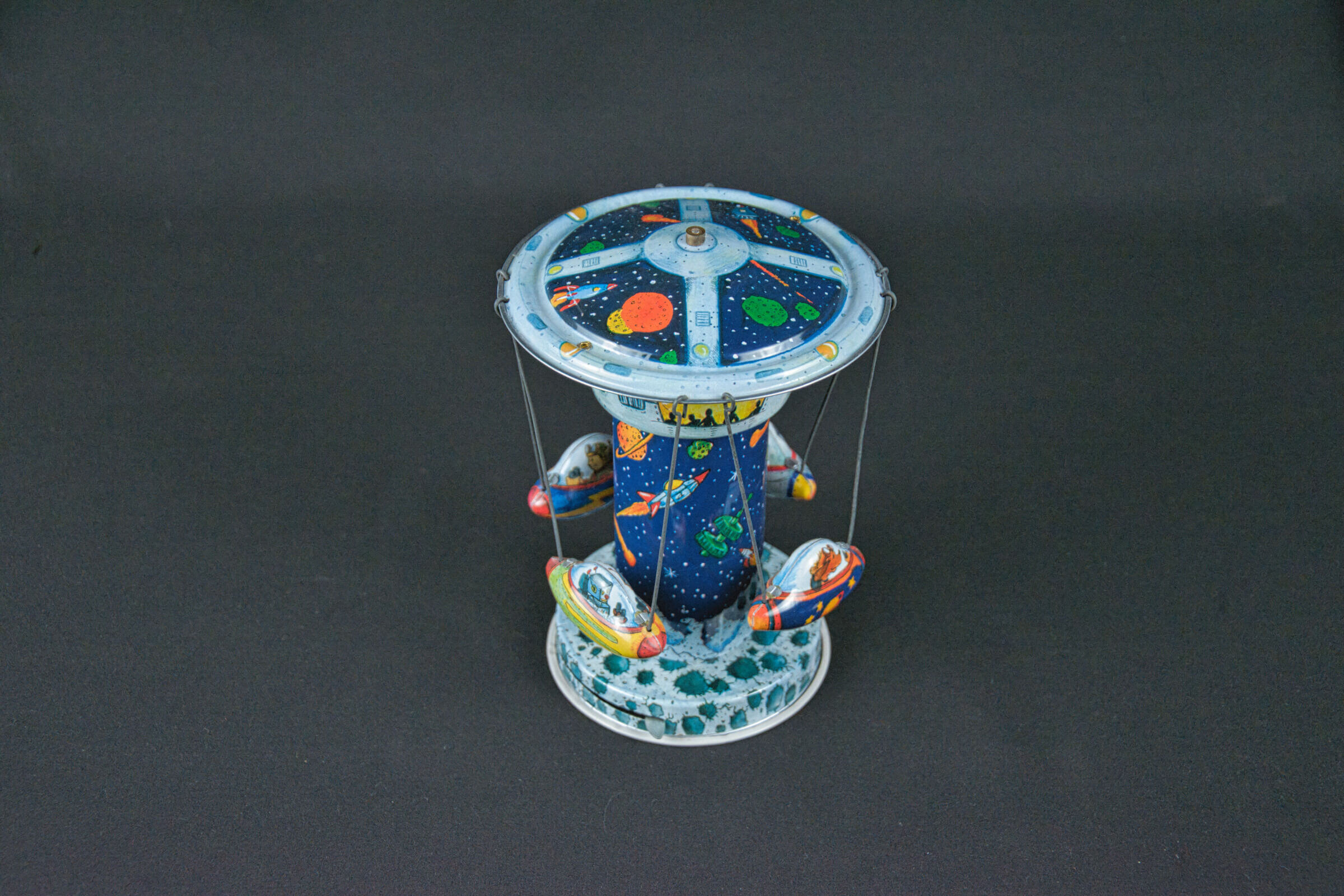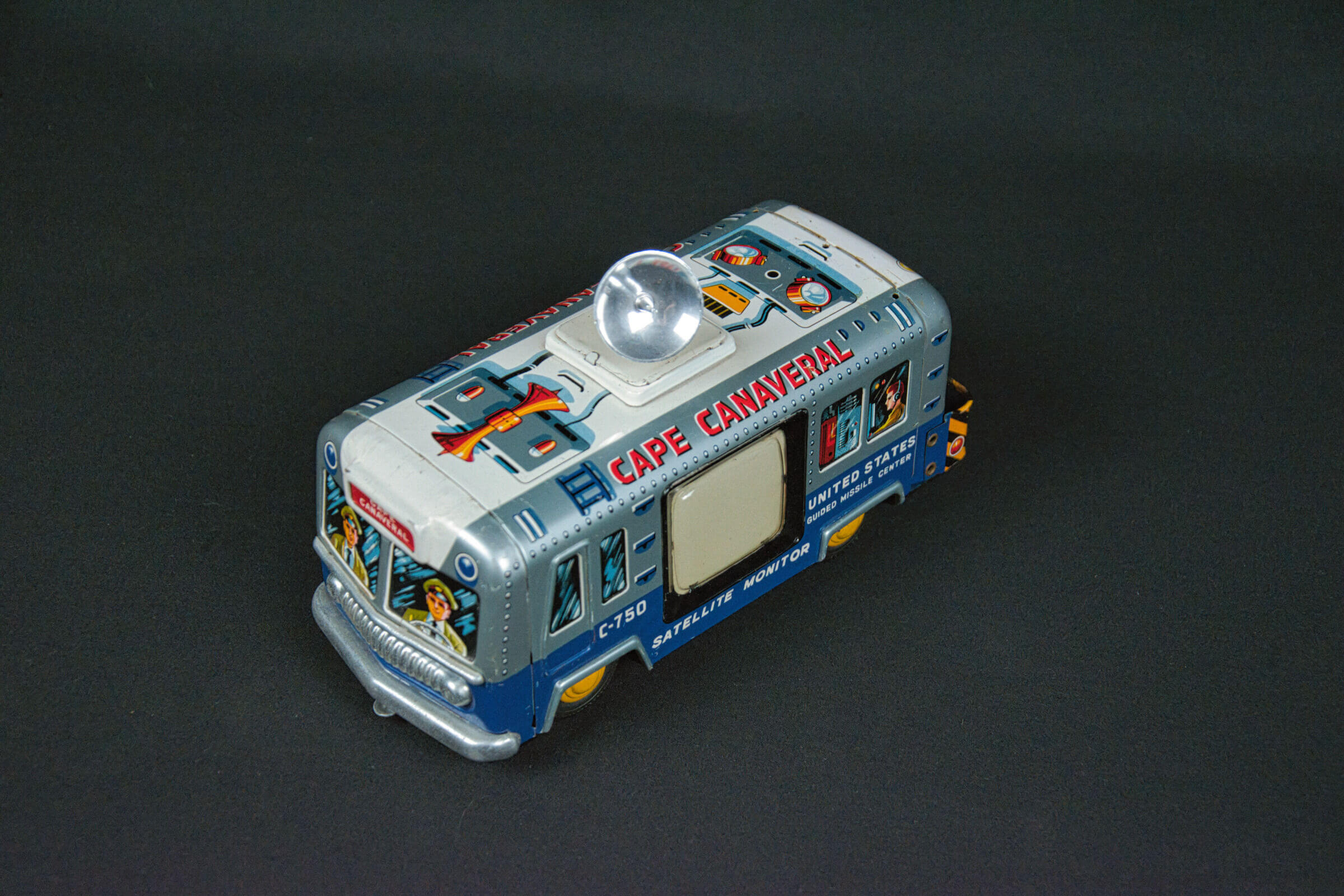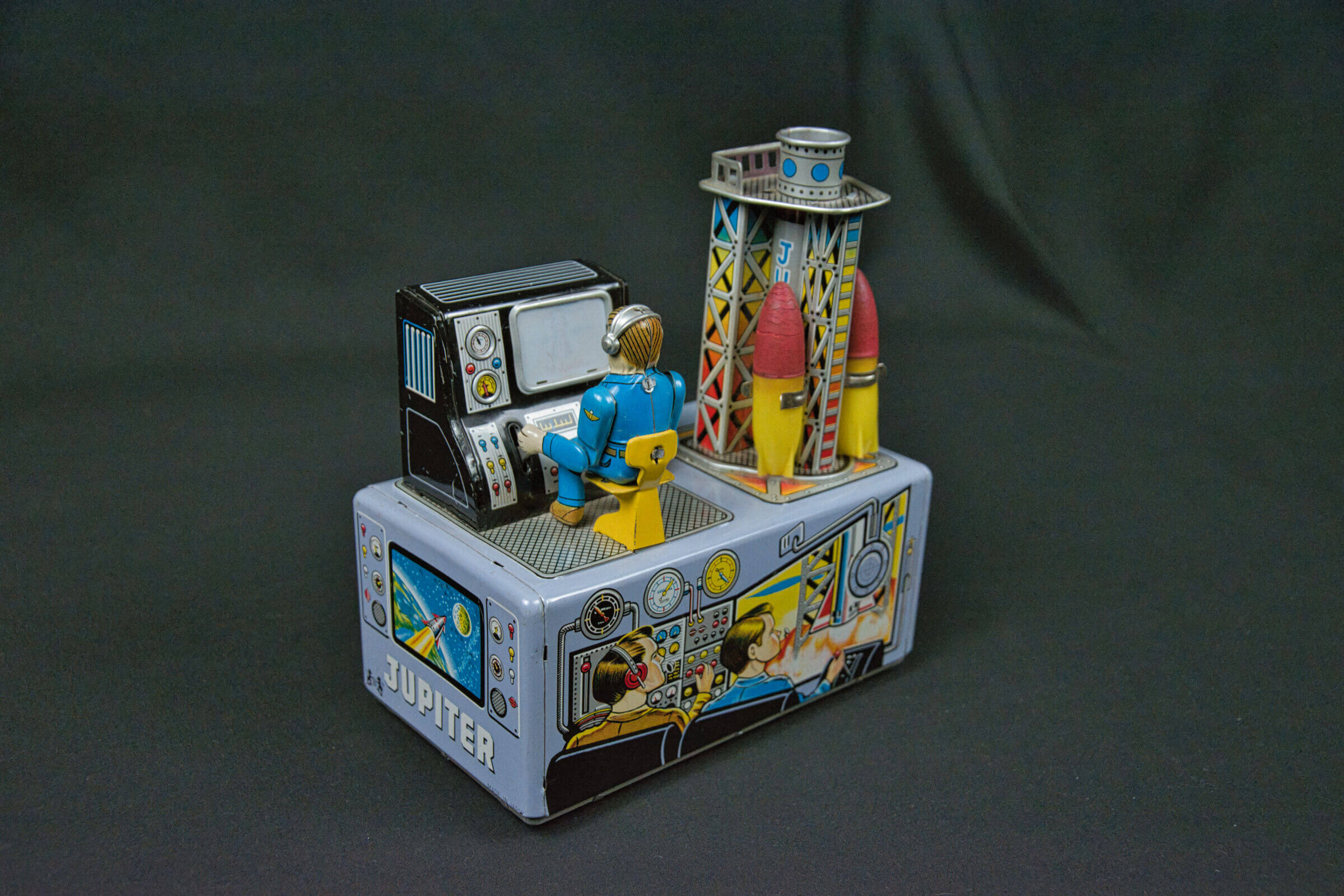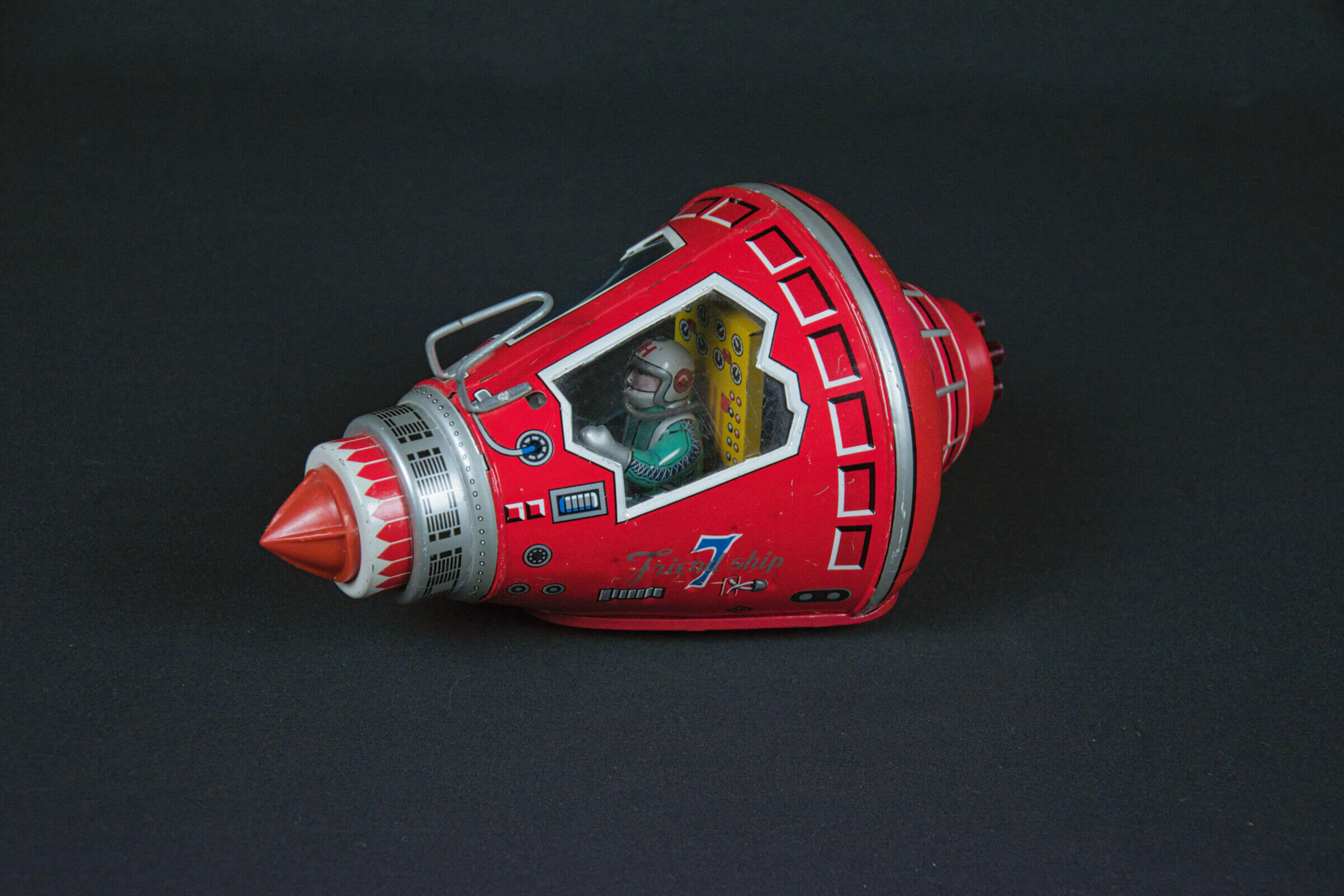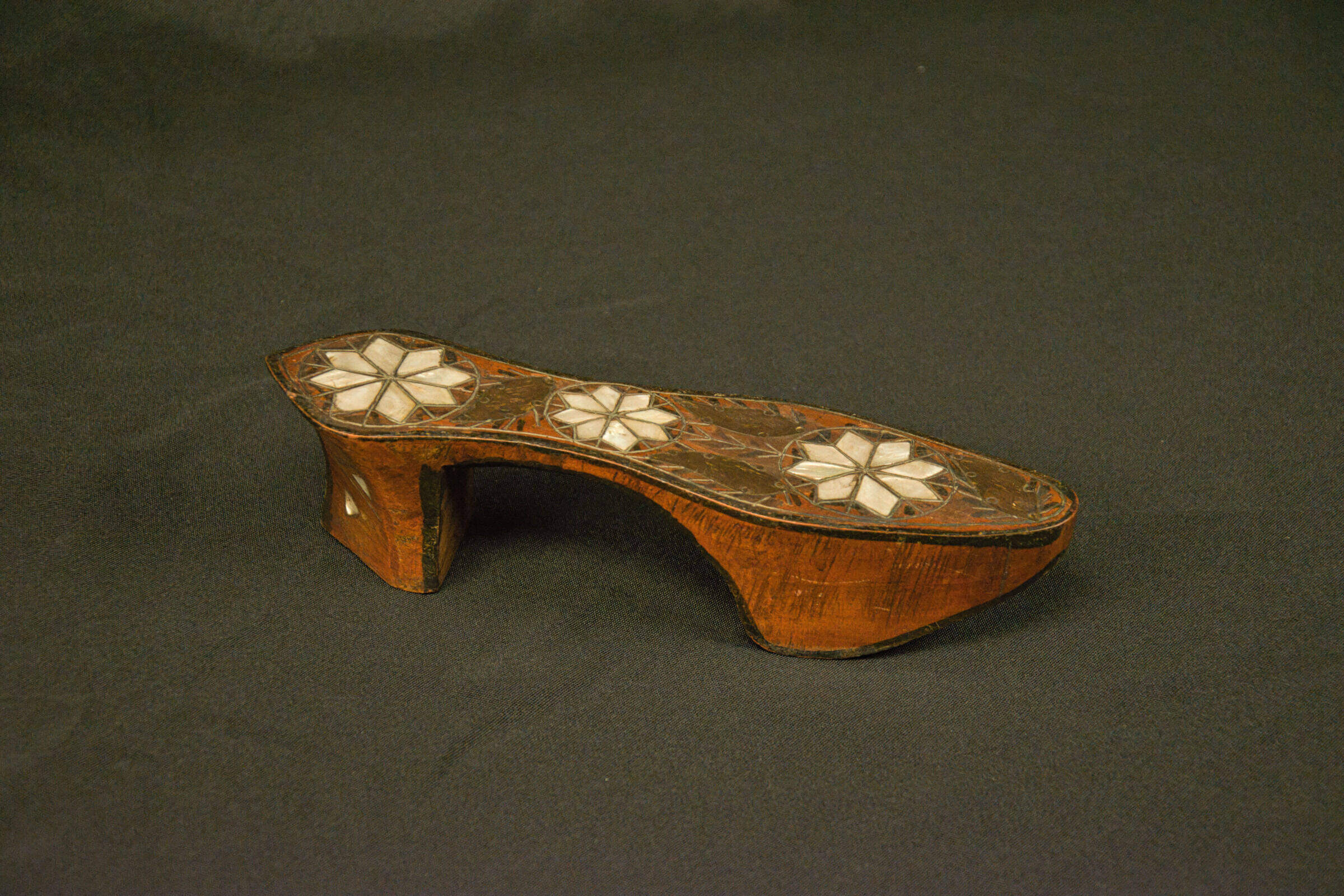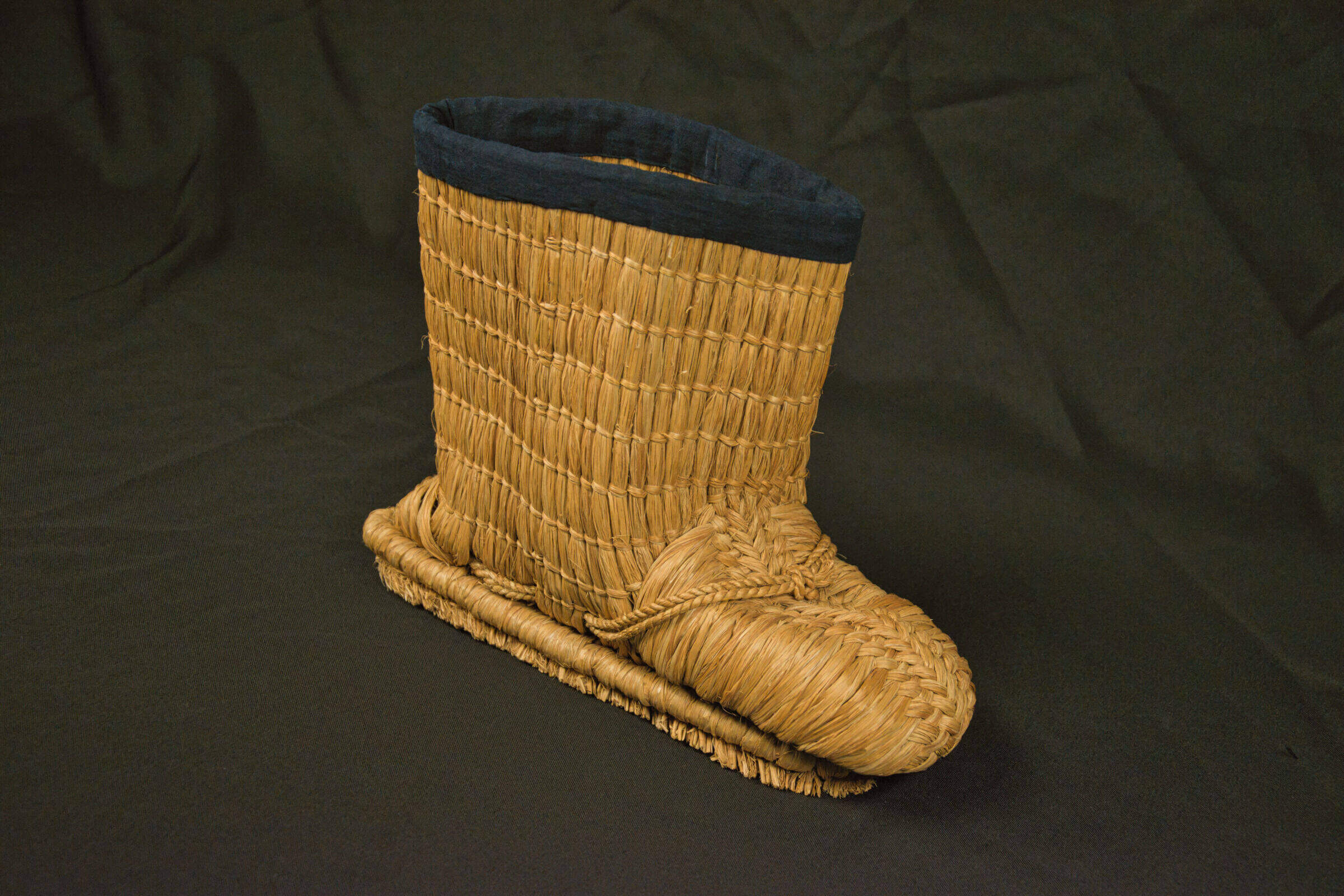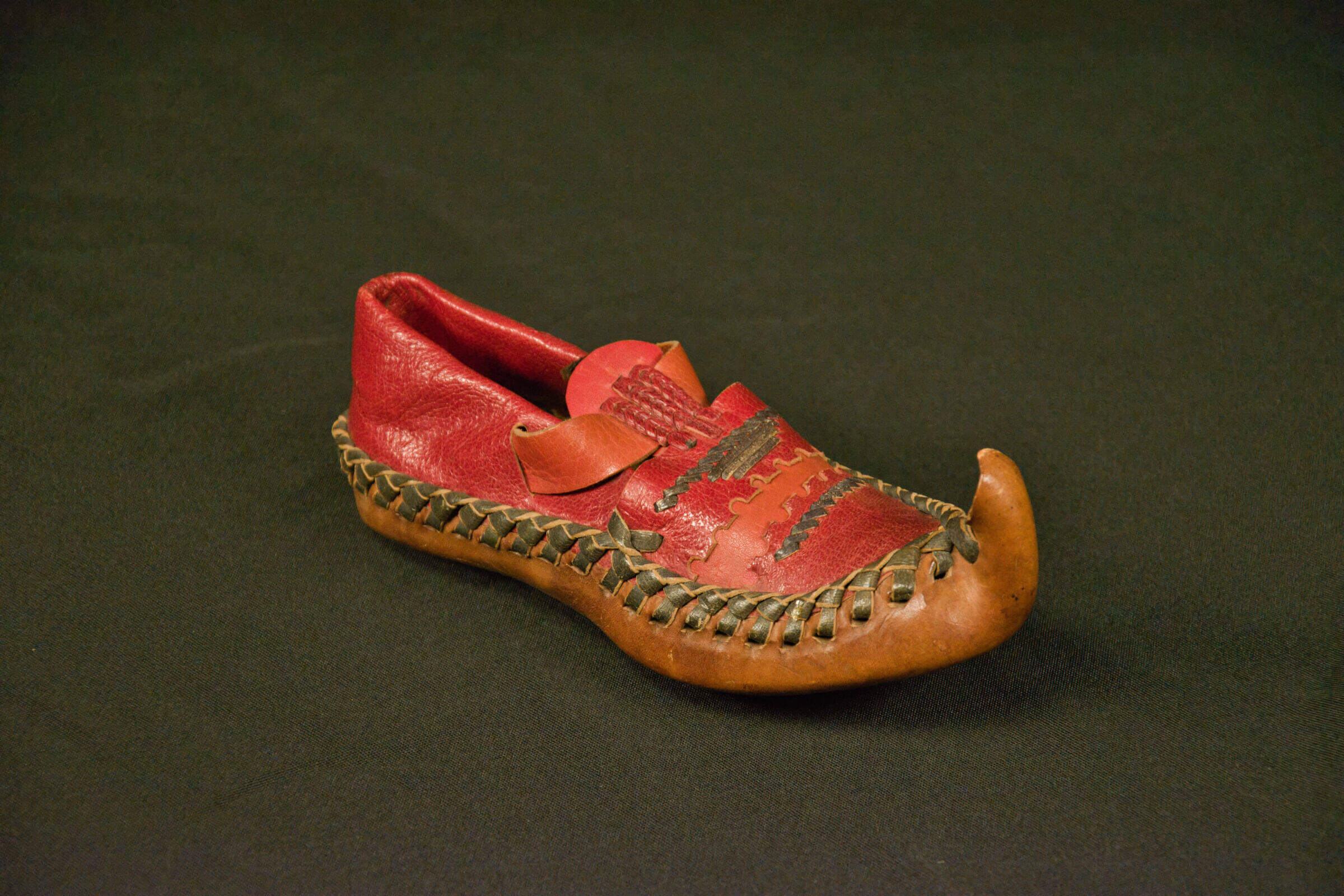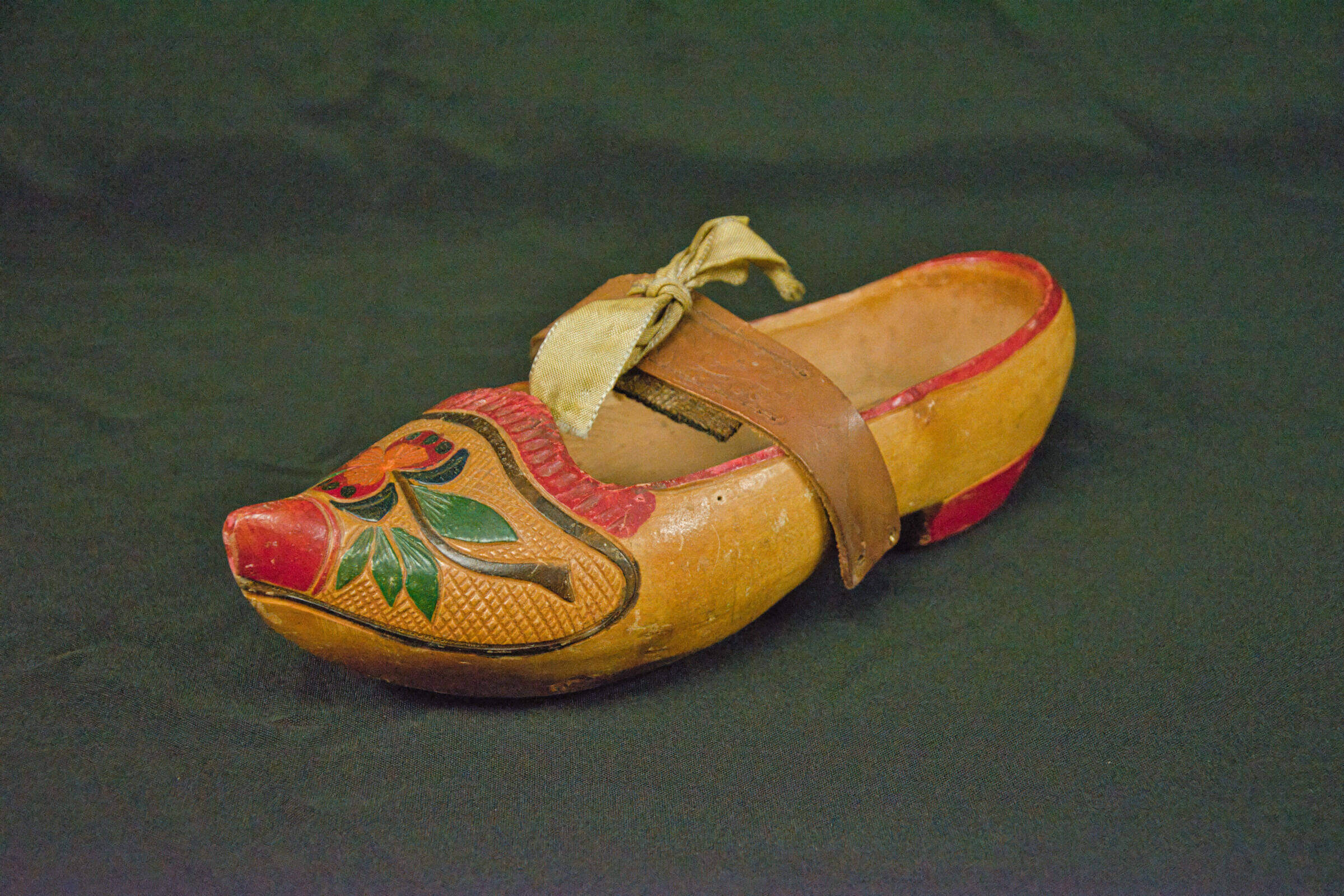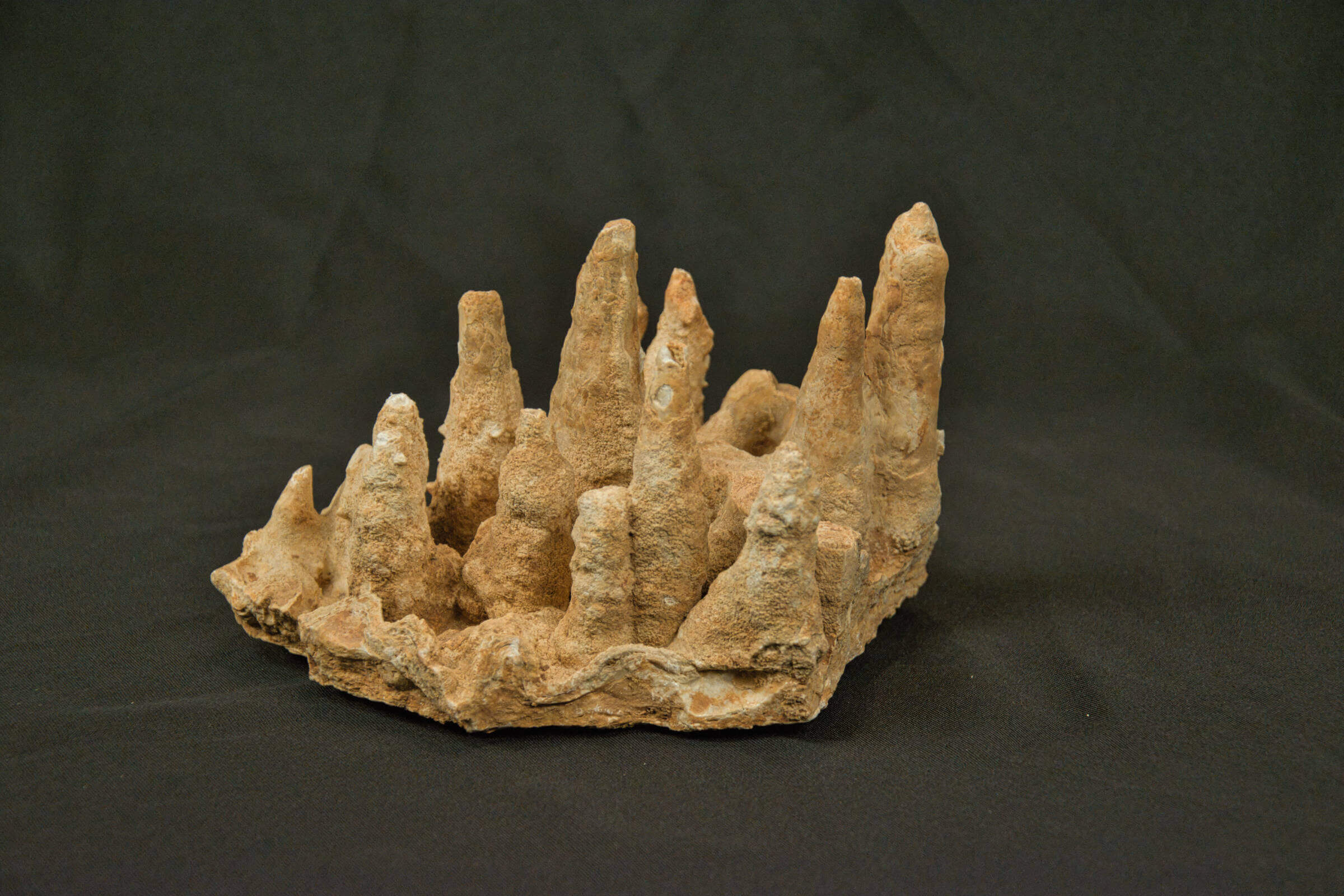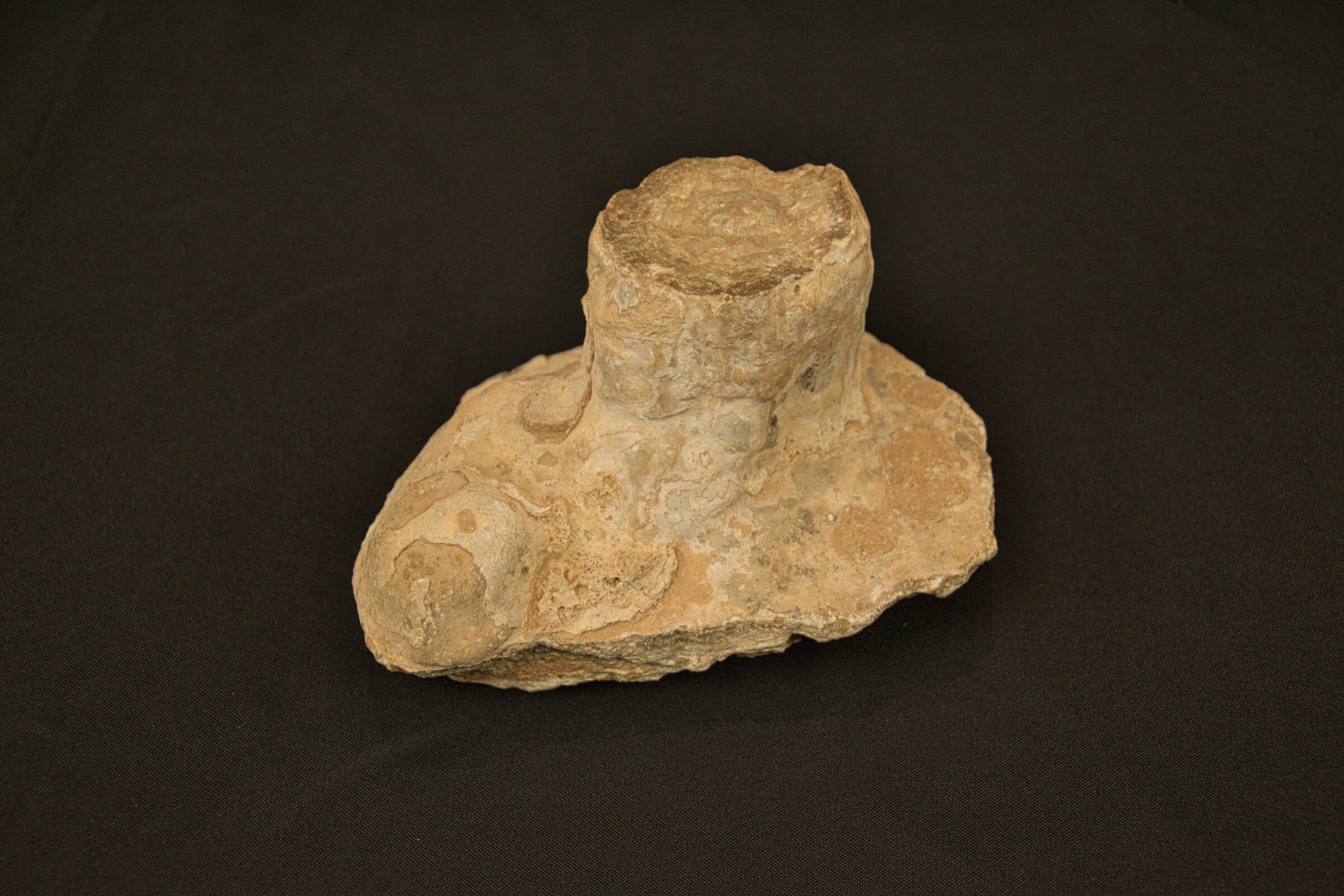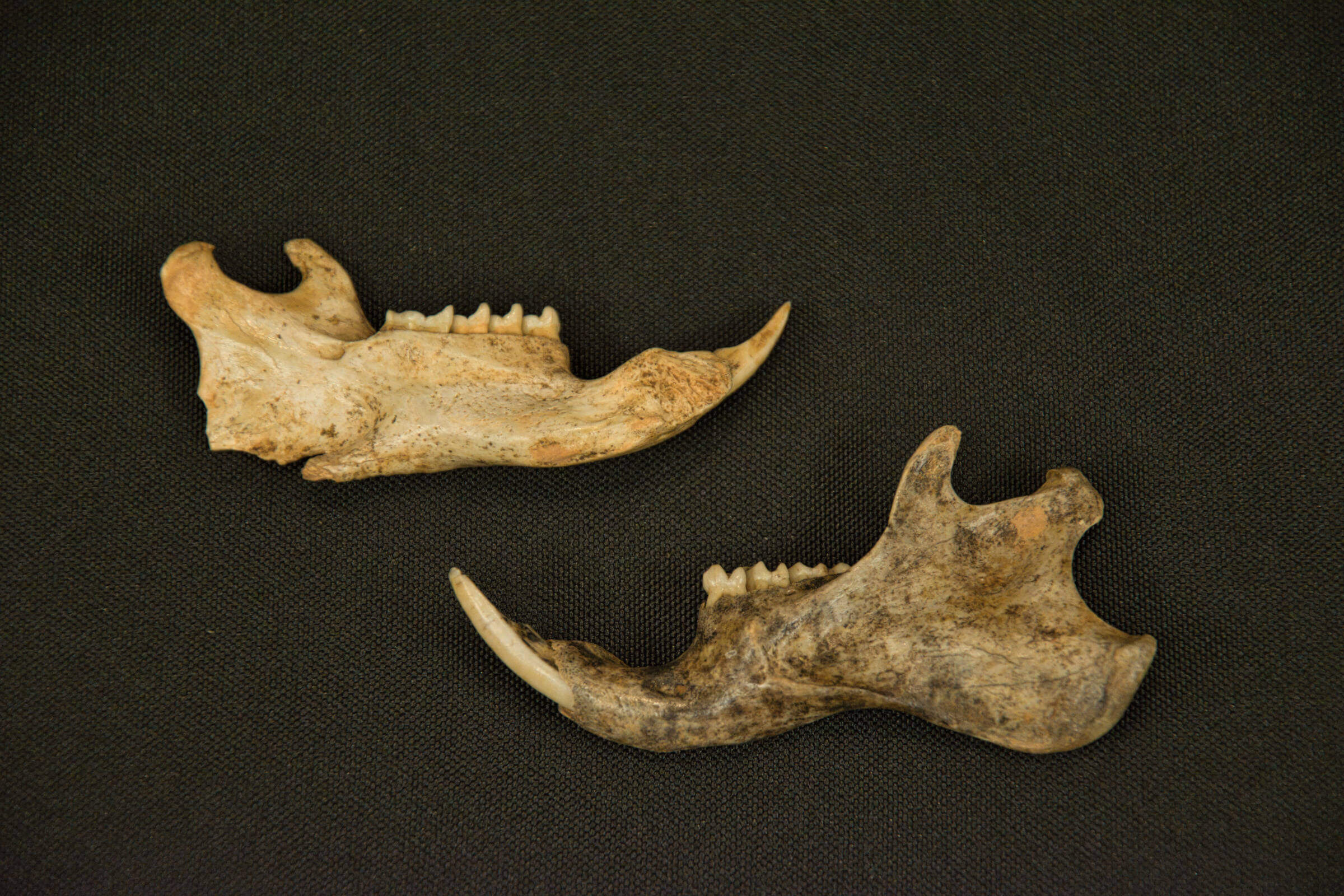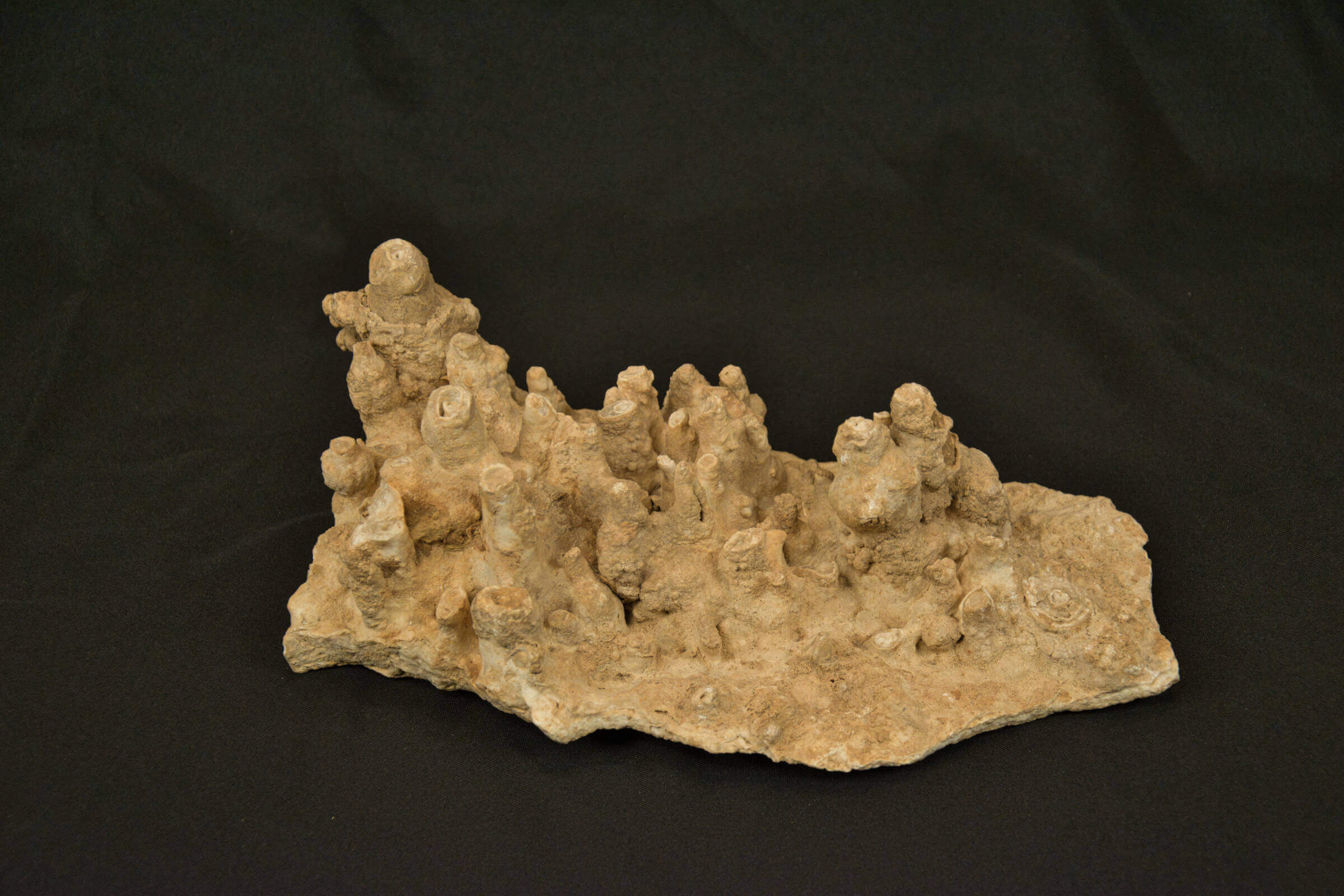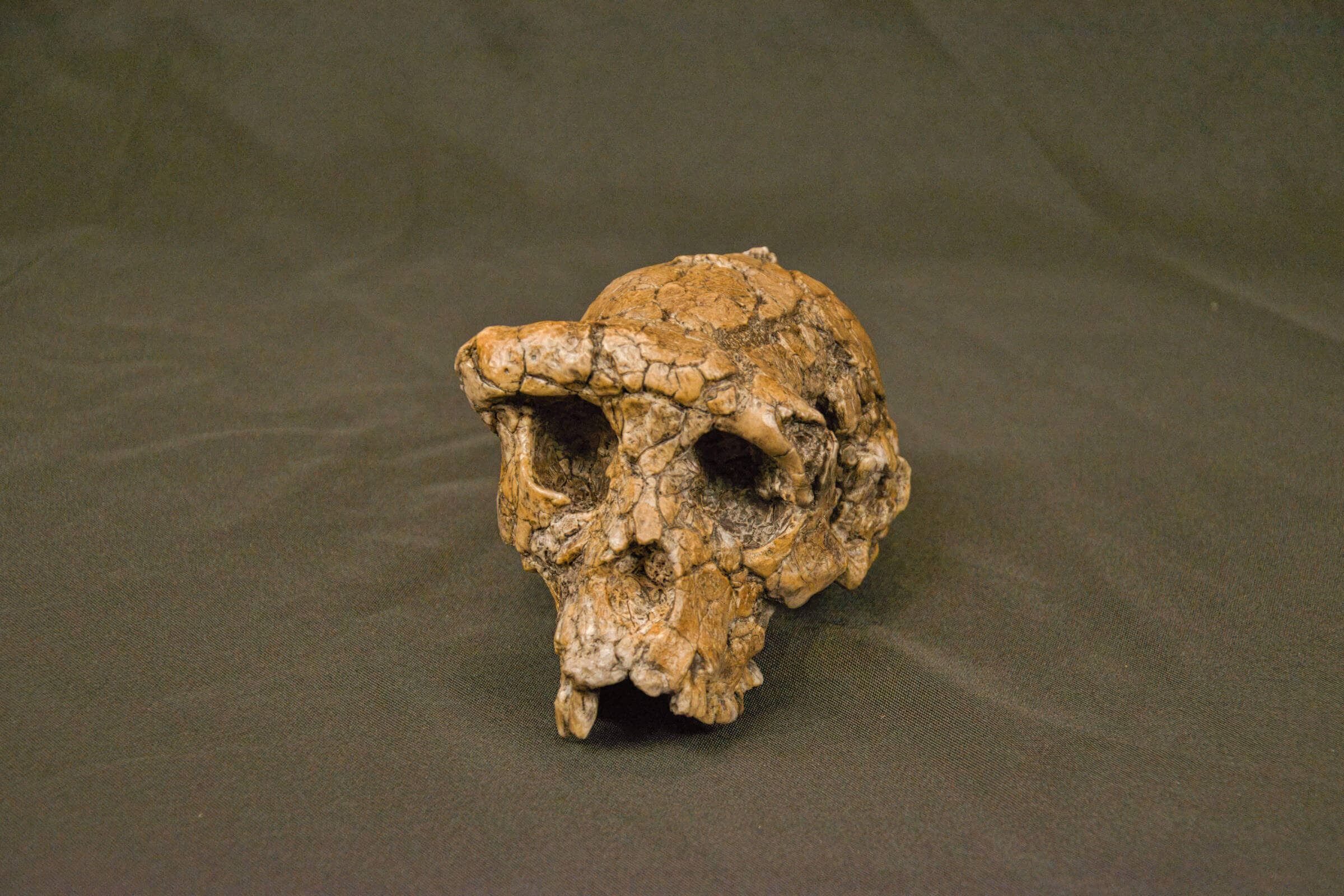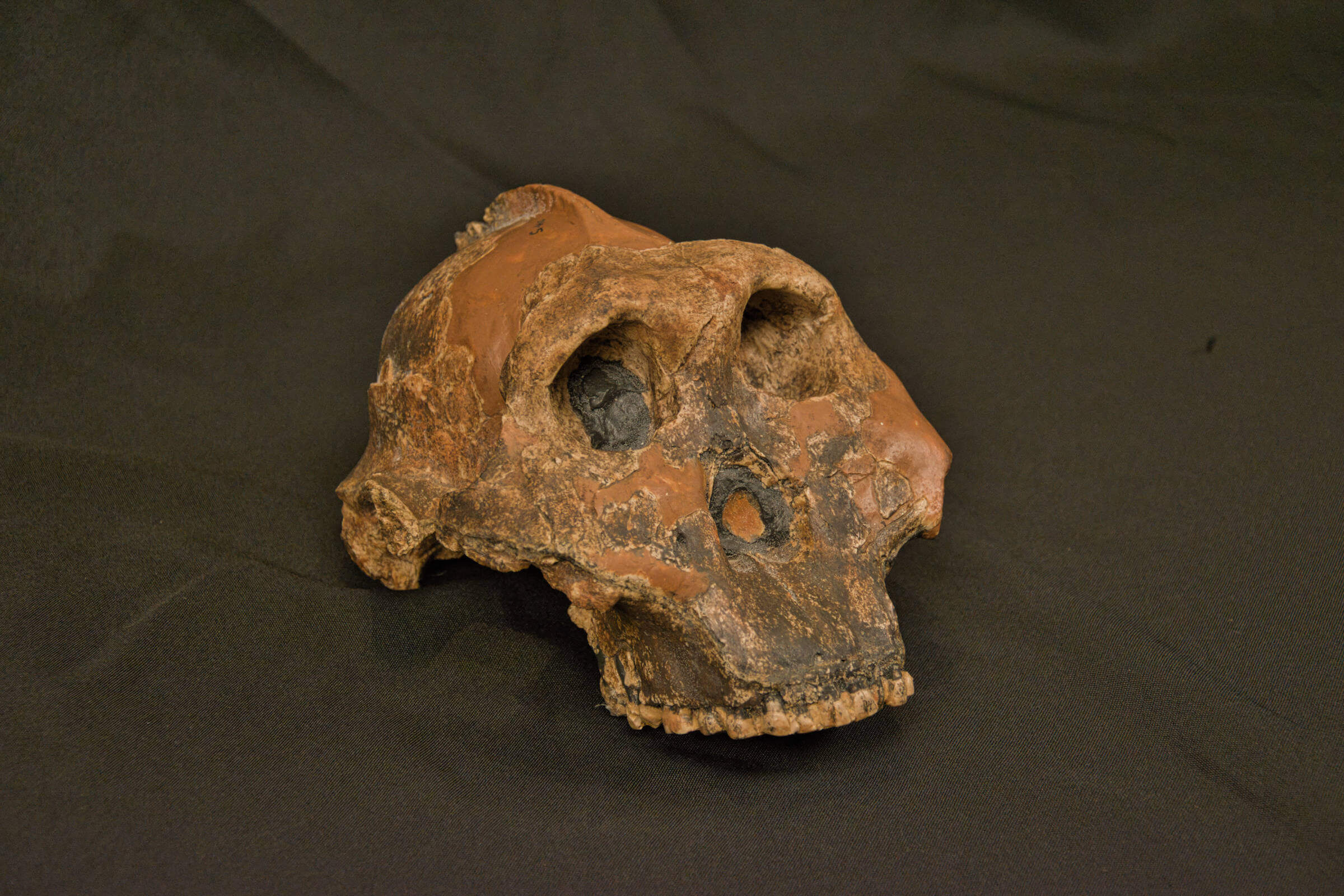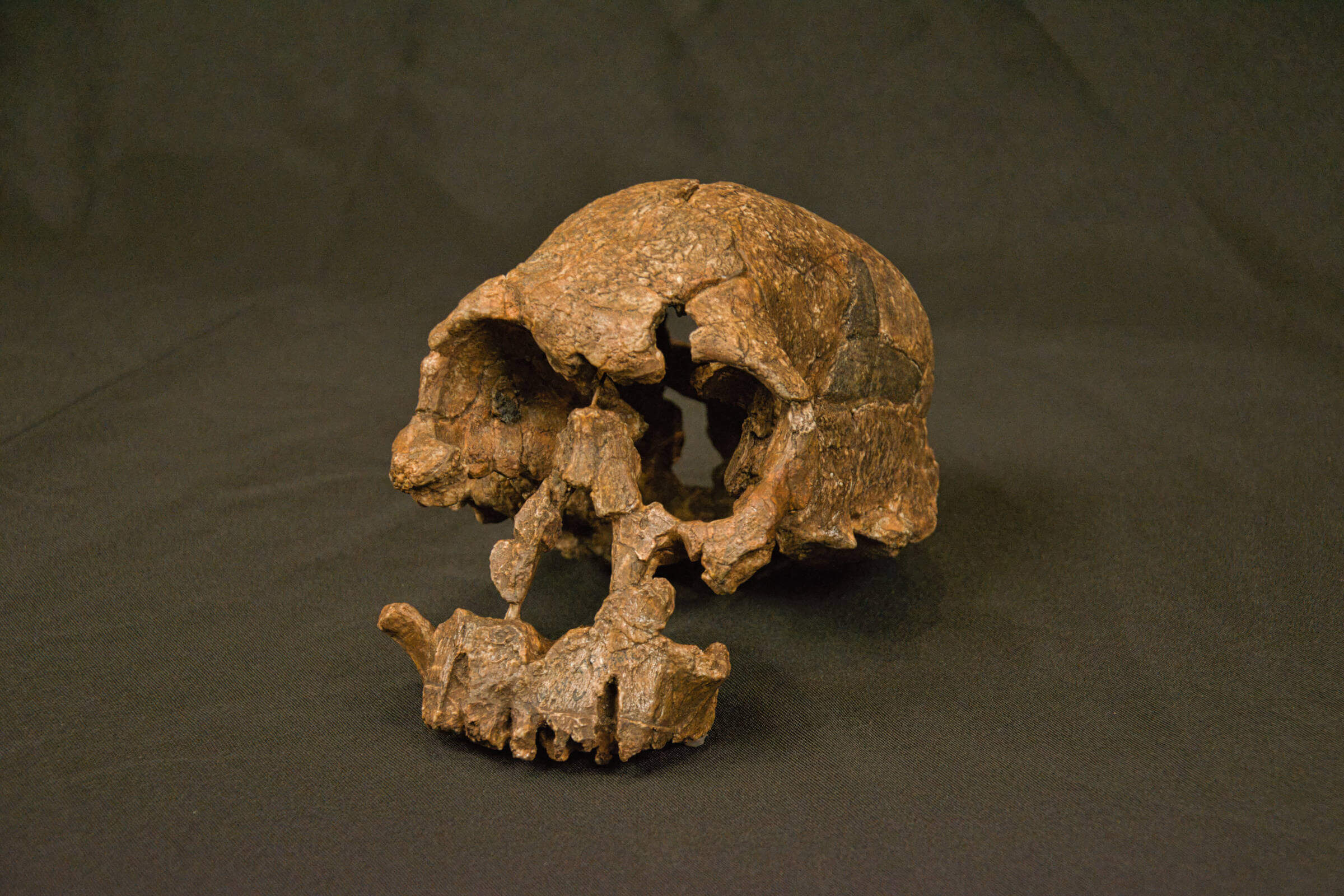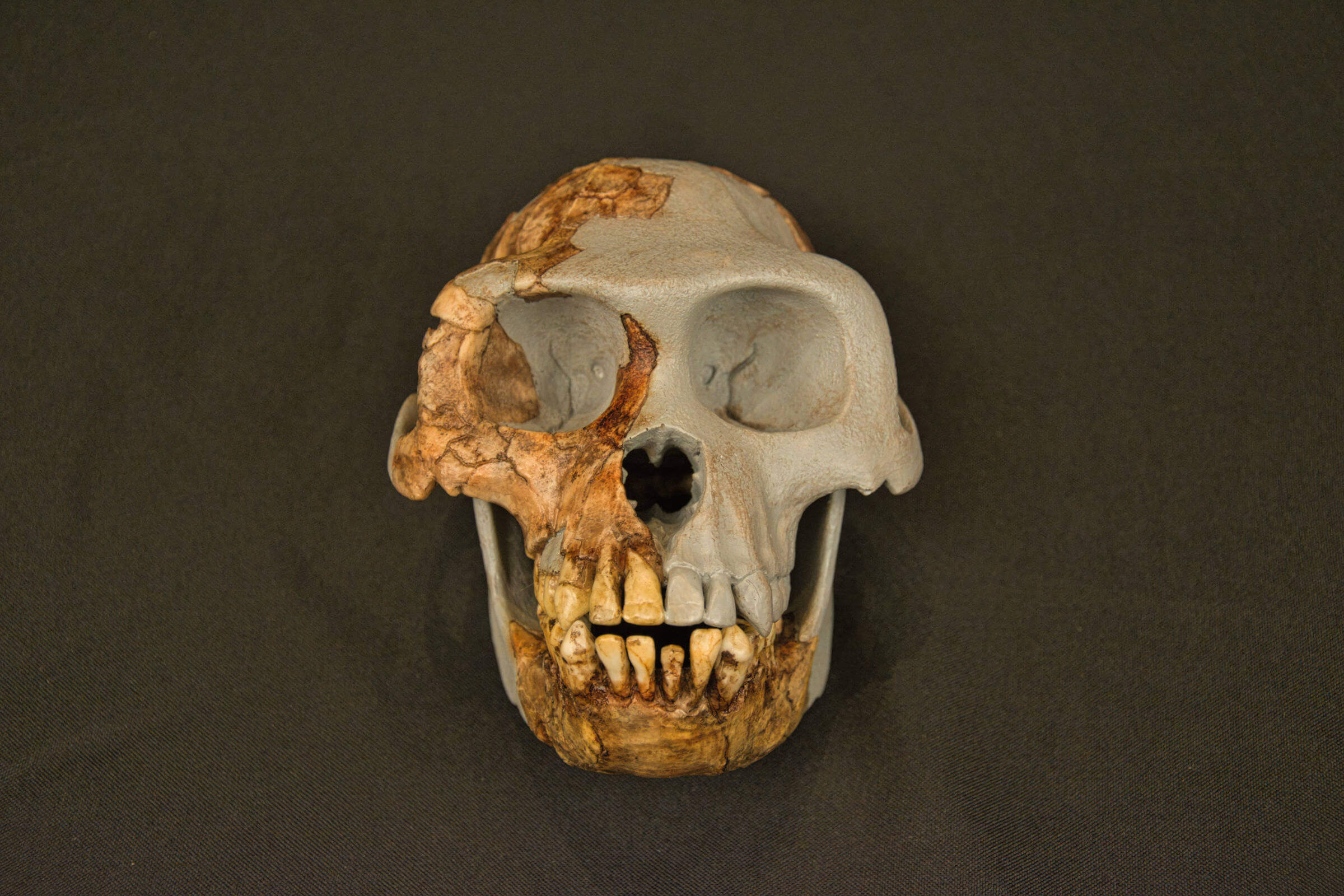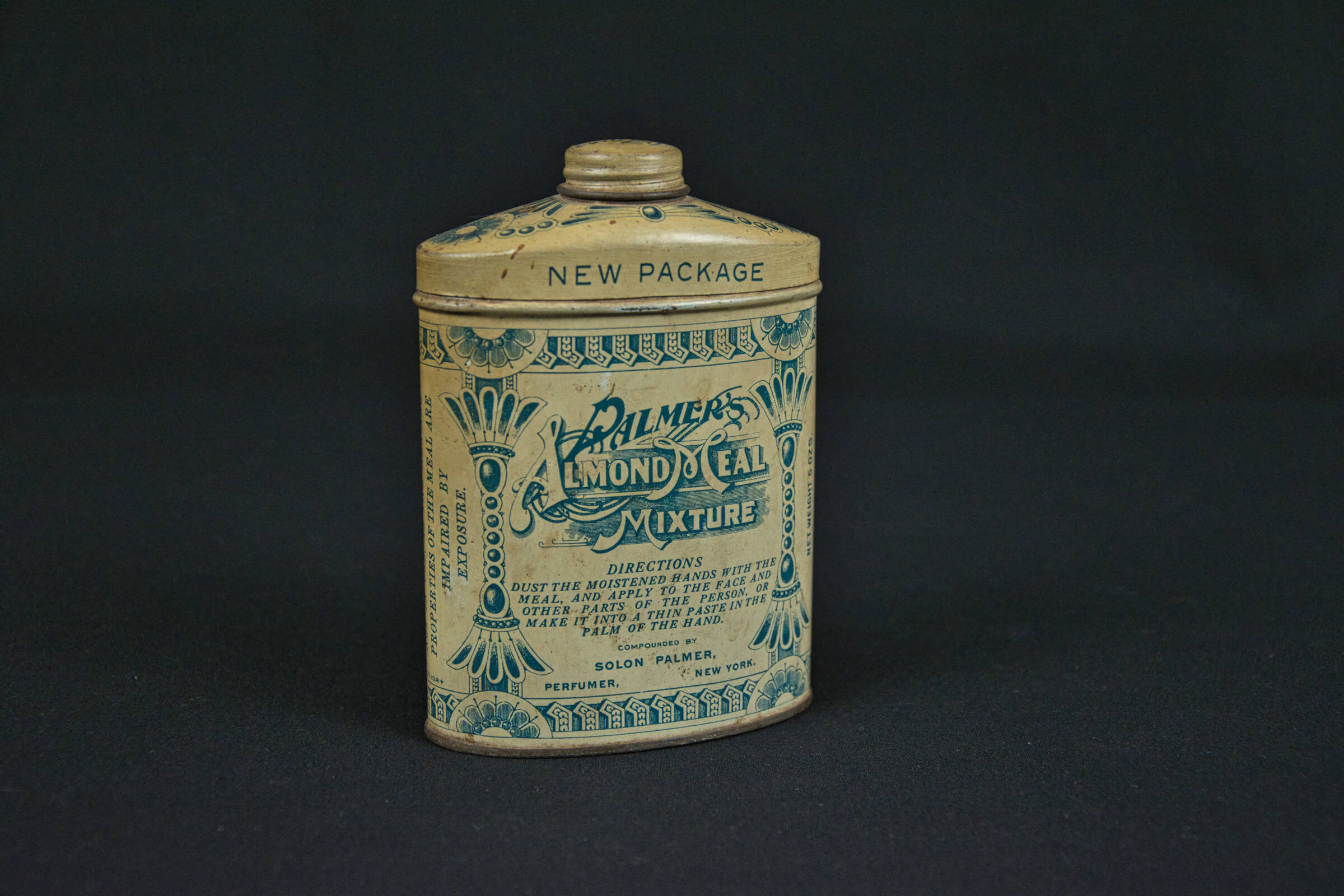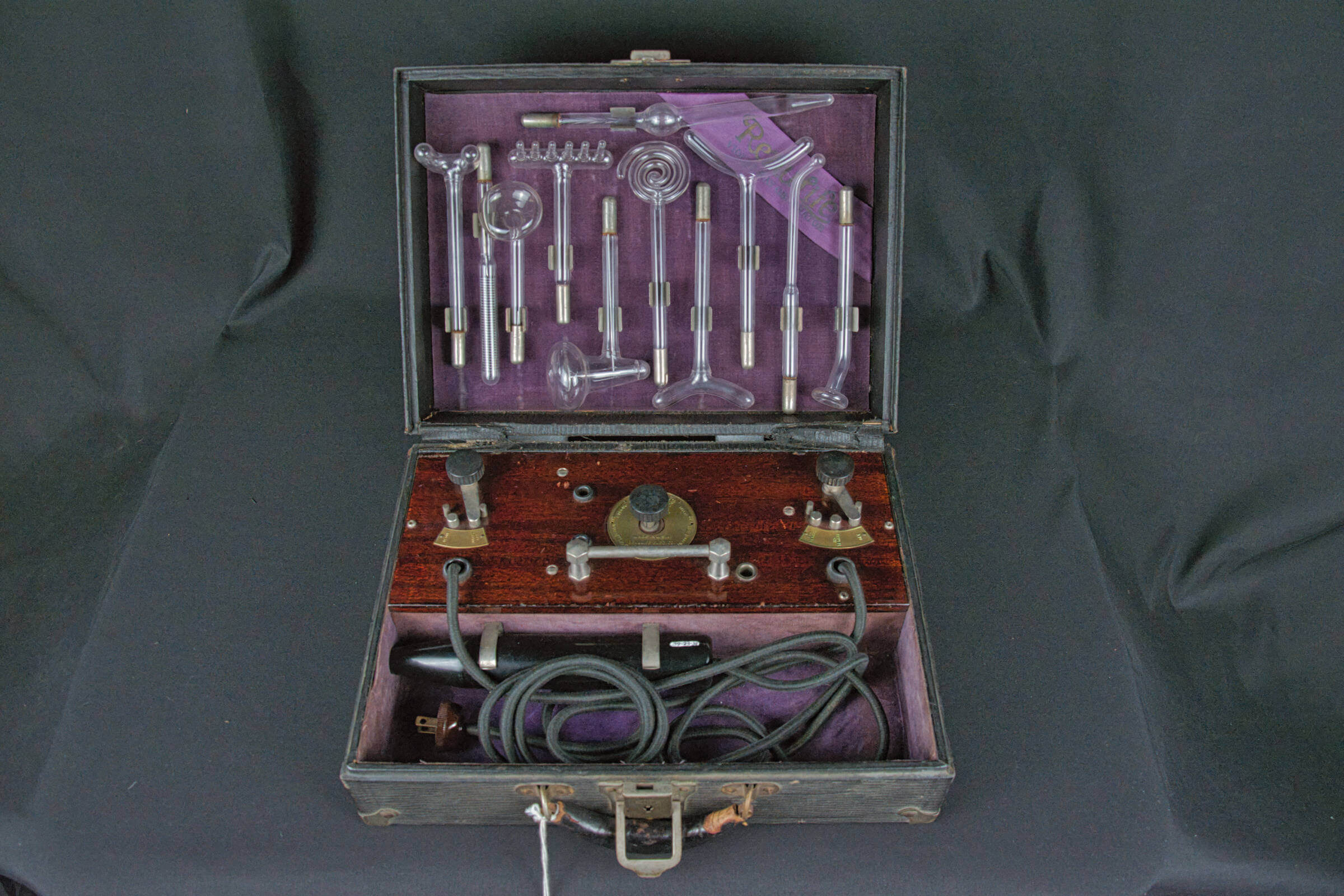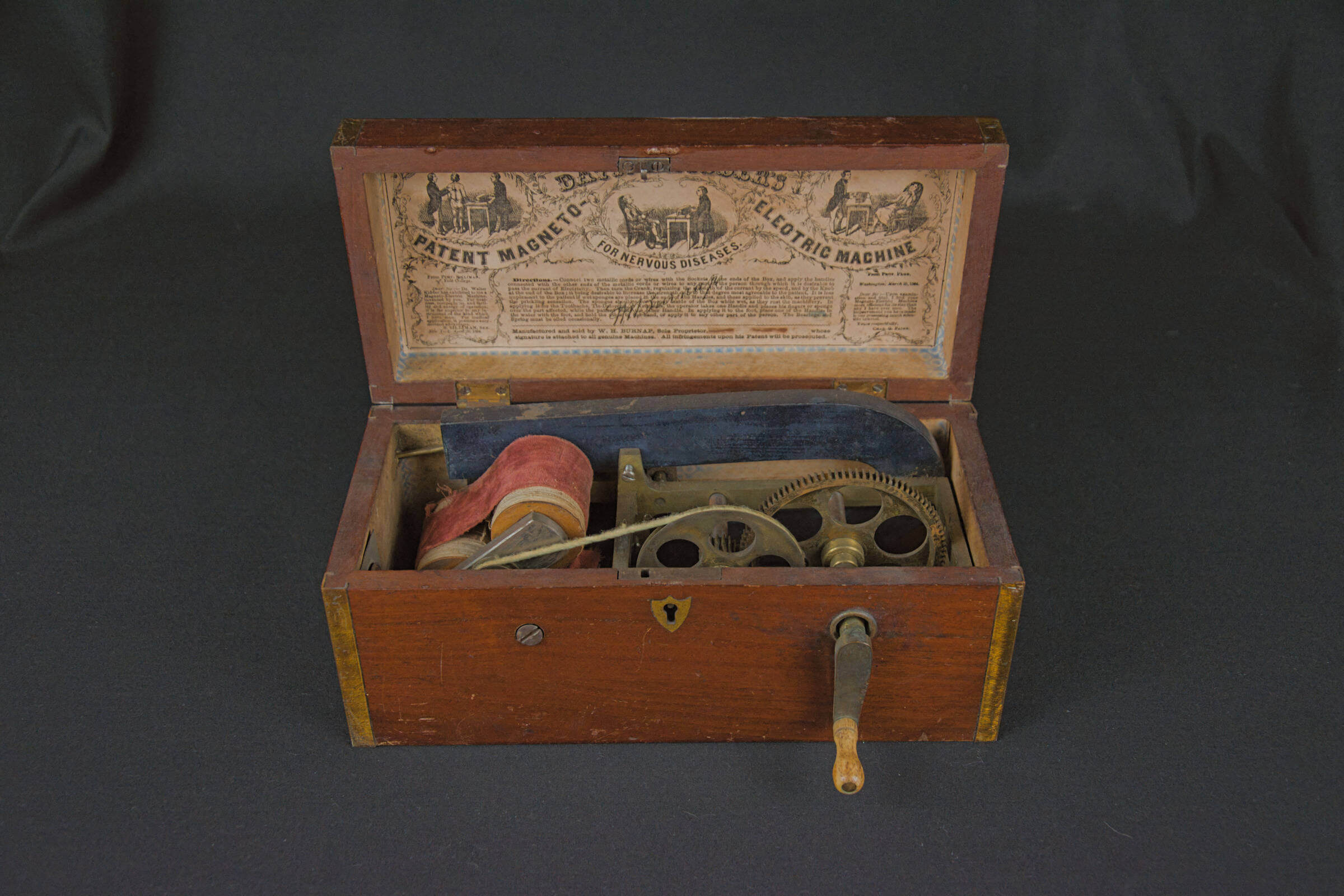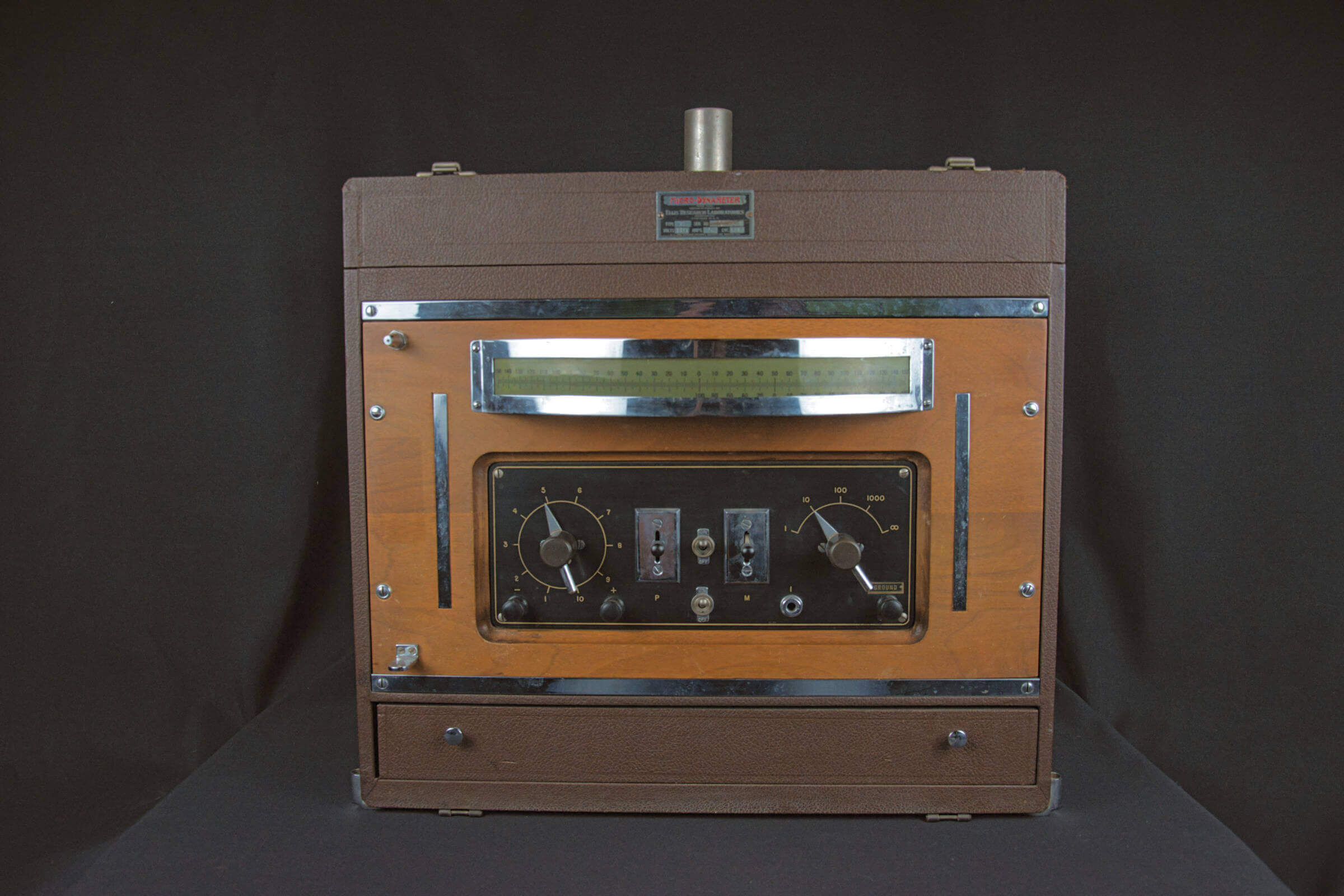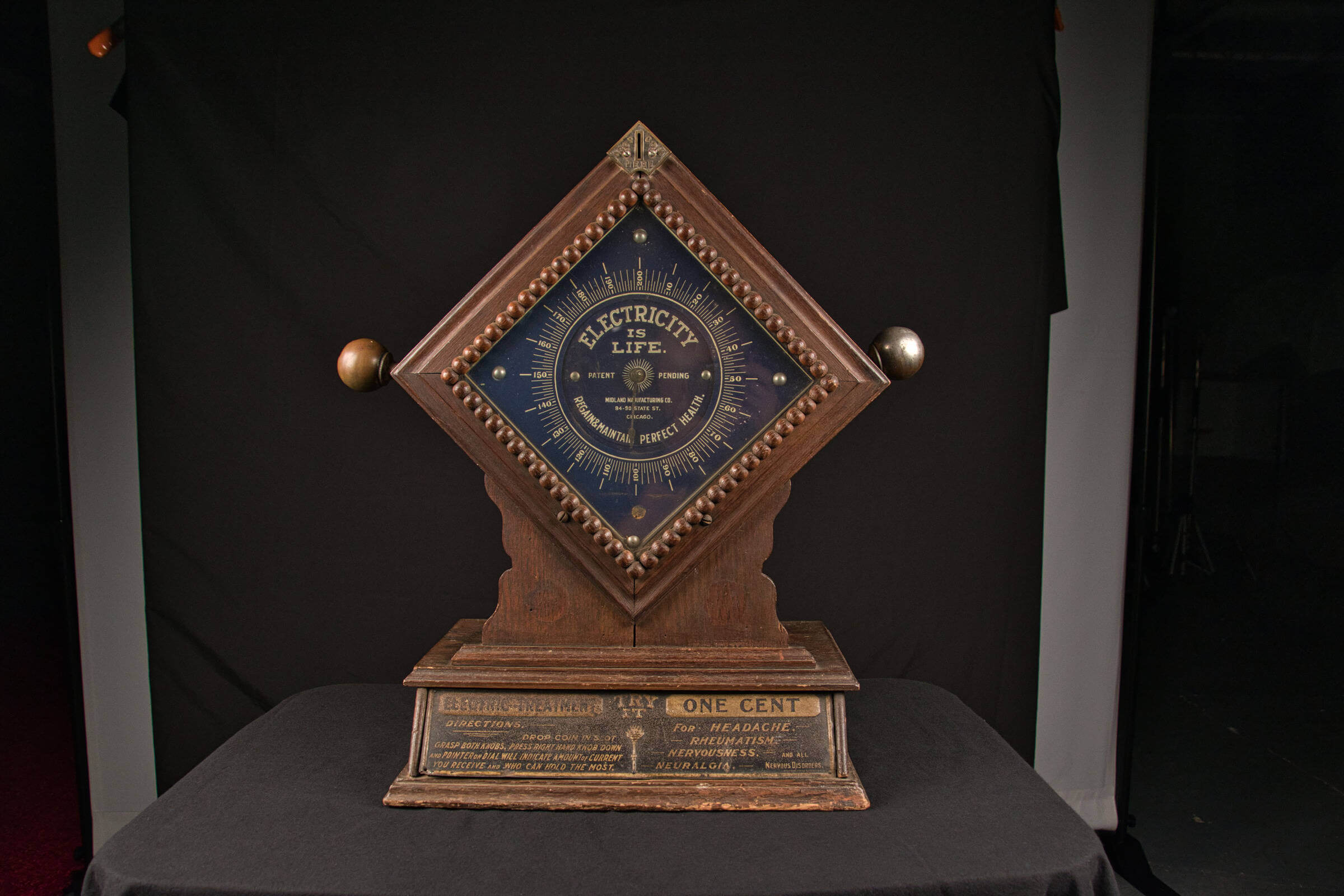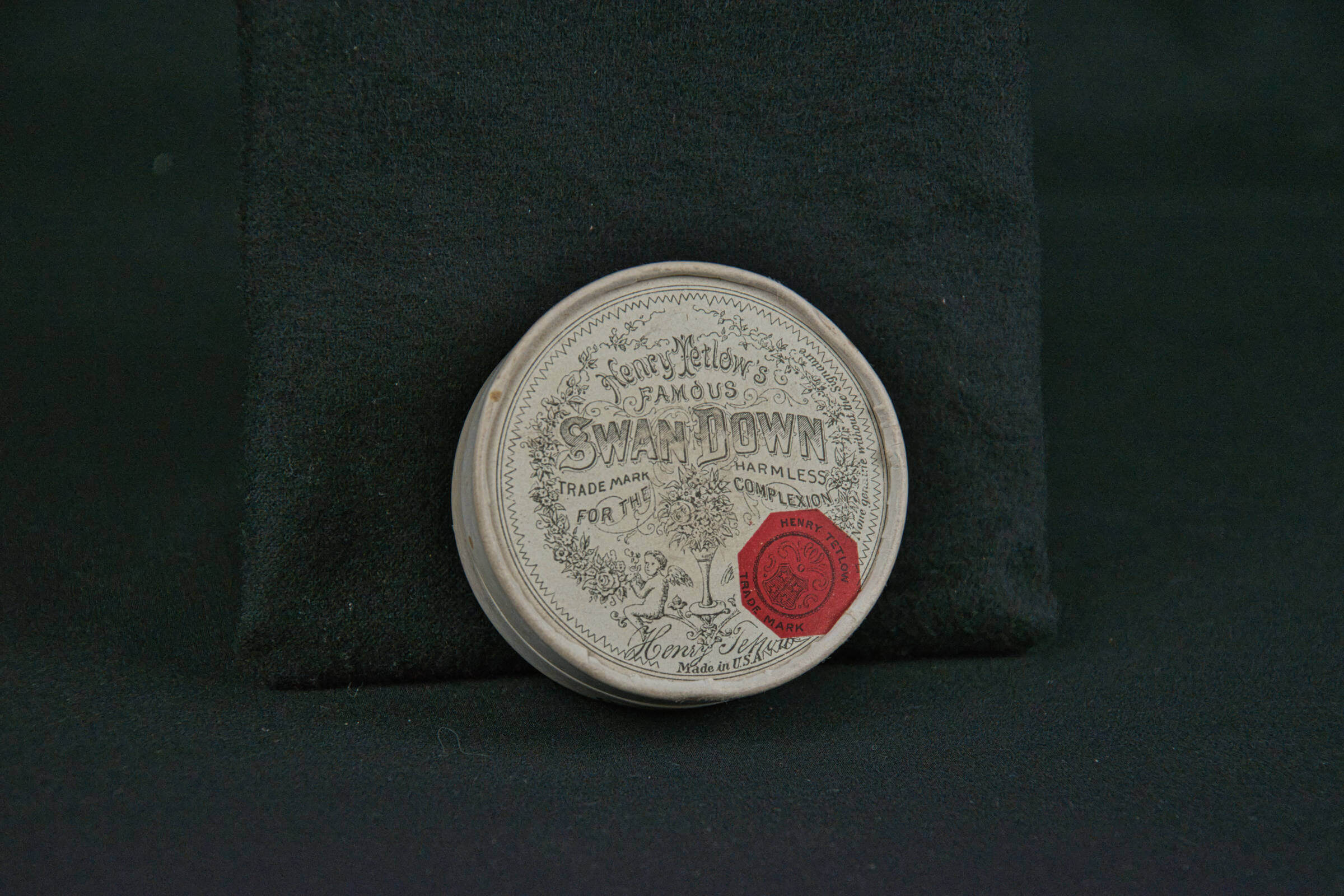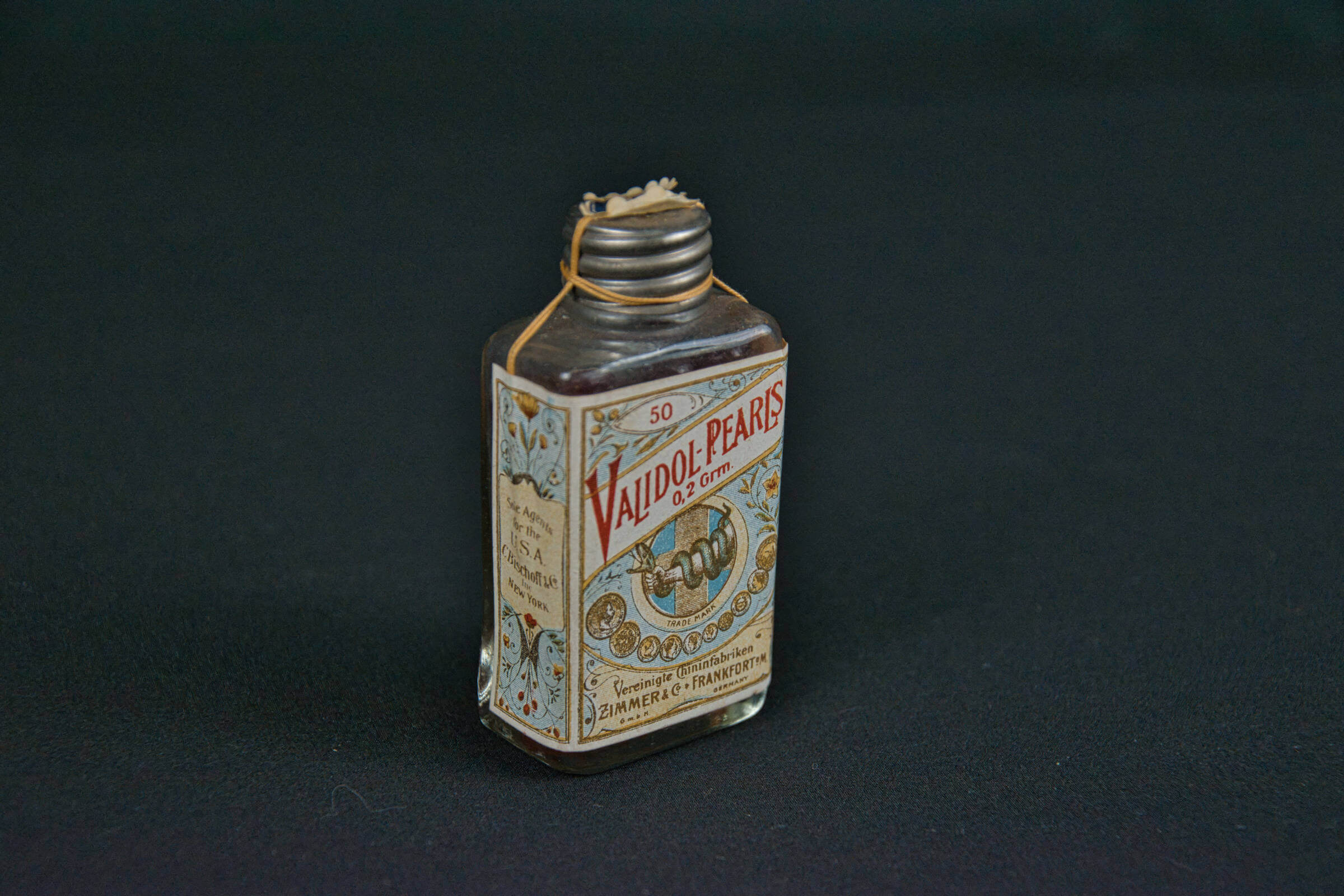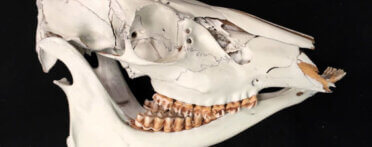Inside The Vault
Welcome to an all new vault.
Step inside the vault and take a peek at the treasures from our very own Saint Louis Science Center Collections. This is the largest display of Collections objects in 30 years and features many items that the public has not seen up close before.
The Science Center has a collection of more than 100,000 artifacts and specimens that document the region’s natural, scientific, cultural, and technological history. Individual collectors, educational institutions, corporations, and even government agencies have shaped the Science Center’s Collections for more than 160 years and contributed to the wide variety of objects you see here in the vault. Together, these diverse groupings of objects provide a wealth of scientific knowledge.
So what’s in the vault? This exhibition, located in the Planetarium tunnel, features six unique collections, highlighting the best and most interesting artifacts and specimens in each.
Join us Inside the Vault to explore these fascinating objects for yourself.

The Ornithology Collection
The extraordinary Ornithology Collection includes over 530 mounted bird specimens, more than 600 bird egg sets, and 65 examples of bird nests. The wide variety of specimens in this collection hints at the diversity of bird species worldwide, providing a colorful view of familiar species from our own backyards as well as exotic birds we may have never seen before.
This collection is a vital source of information on the biology and diversity of birds, the environments and ecosystems they inhabit, their behavior, and the importance of conservation. It also serves as a record of species, both living and extinct.
The Weiss Space Collection
The Weiss Space Collection contains nearly 4,400 space and popular culture artifacts from the last 100 years. Everything from toys and comics to clothes, household items, food, movies, and music with a pop culture space theme are included, as well as objects related to, or that commemorate, the space program.
This collection illustrates how space and the idea of space have captivated humans for centuries and profoundly influenced our culture. It shows how the vast physical expanse of space allowed our imaginations to dream unlimited possibilities for what was out there, how we could get there, and what the future would bring.
The International Shoe Collection
The remarkable International Shoe Collection includes 11 pairs of footwear and 53 individual examples of shoes, slippers, sandals, boots, clogs, and moccasins. Footwear for men, women, and children are represented in the collection, as well as from cultures from all the inhabited continents of the world.
This collection is representative of St. Louis’ history as one of the nation’s largest shoe manufacturing cities at the turn of the 20th century. It can help us understand how environment, culture, and the development of technology impacted shoe production in various parts of the world over time.
The Hess Cherokee Cave Collection
The Hess Cherokee Cave Collection includes a variety of stalactite and stalagmite formations that illustrate the natural wonders found throughout the famous cave lying beneath St. Louis. Additionally, more than 60 fossil bones from the cave represent a large cache discovered in a prehistoric animal burial ground.
This collection provides us with valuable information about the formation of this famous cave in St. Louis, its age, and its geological makeup. The collection also helps us understand more about climate changes that occurred during the past million years that impacted the cave.
The Paleoanthropology Collection
The Paleoanthropology Collection includes more than 160 fossil casts, stone tools, and busts related to the scientific study of human evolution. With examples of significant fossil discoveries, the specimens in this collection show the development of human traits over the past six million years, from our first human ancestors to modern Homo sapiens.
Studying this collection helps us understand how the universal and defining traits of our species evolved. This collection illustrates the evolution of physical and behavioral traits shared by all humans, and charts the human family tree, from our first ancestors to various branches representing distinct species, and finally to modern humans.
The FDA Medical Quackery Collection
The shocking FDA Medical Quackery Collection contains around 200 devices, machines, drugs, nutritional fads, books, pamphlets, and advertisements from between the 1790s and 1970s that make false health claims and spread misinformation. Many of these artifacts had disastrous consequences, resulting in serious illness and even loss of life.
This collection gives us a glimpse into a time when fake health remedies and medical devices flooded the consumer market and millions of Americans were duped by false claims of “miracle cures” and the “quick diagnosis and treatment” of illnesses. It also demonstrates how the sick, scared, and hopeless easily fell prey to medical quackery and its misleading promises.
Location

Inside the Vault is located in the tunnel leading to the Planetarium. Access is available through the main entrance of the Science Center, then up the stairs in the main lobby to the second floor, past the OMNIMAX® Theater and over the Sky Bridge. You can also access it through the Planetarium entrance, going down through the tunnel just passed Experience Flight Simulators.
Visit
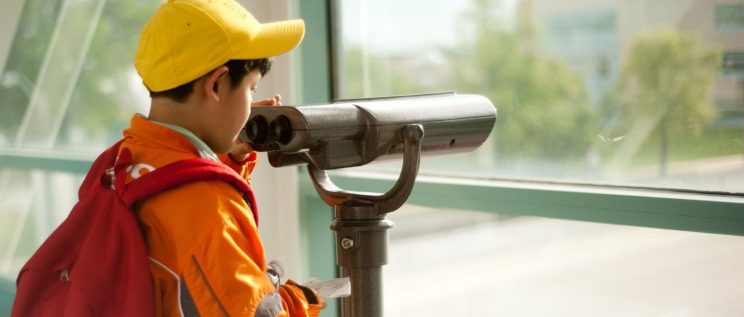
Members Get Discounts & Free Tickets
Members get discounts to Flight Simulators and VR Transporter. Members can watch star shows for FREE every day at the Planetarium with a Saint Louis Science Center membership.
Accessibility
The Saint Louis Science Center is accessible to visitors with disabilities, as well as visitors with strollers, scooters, and walkers. Elevators and ramps serve all public areas.






